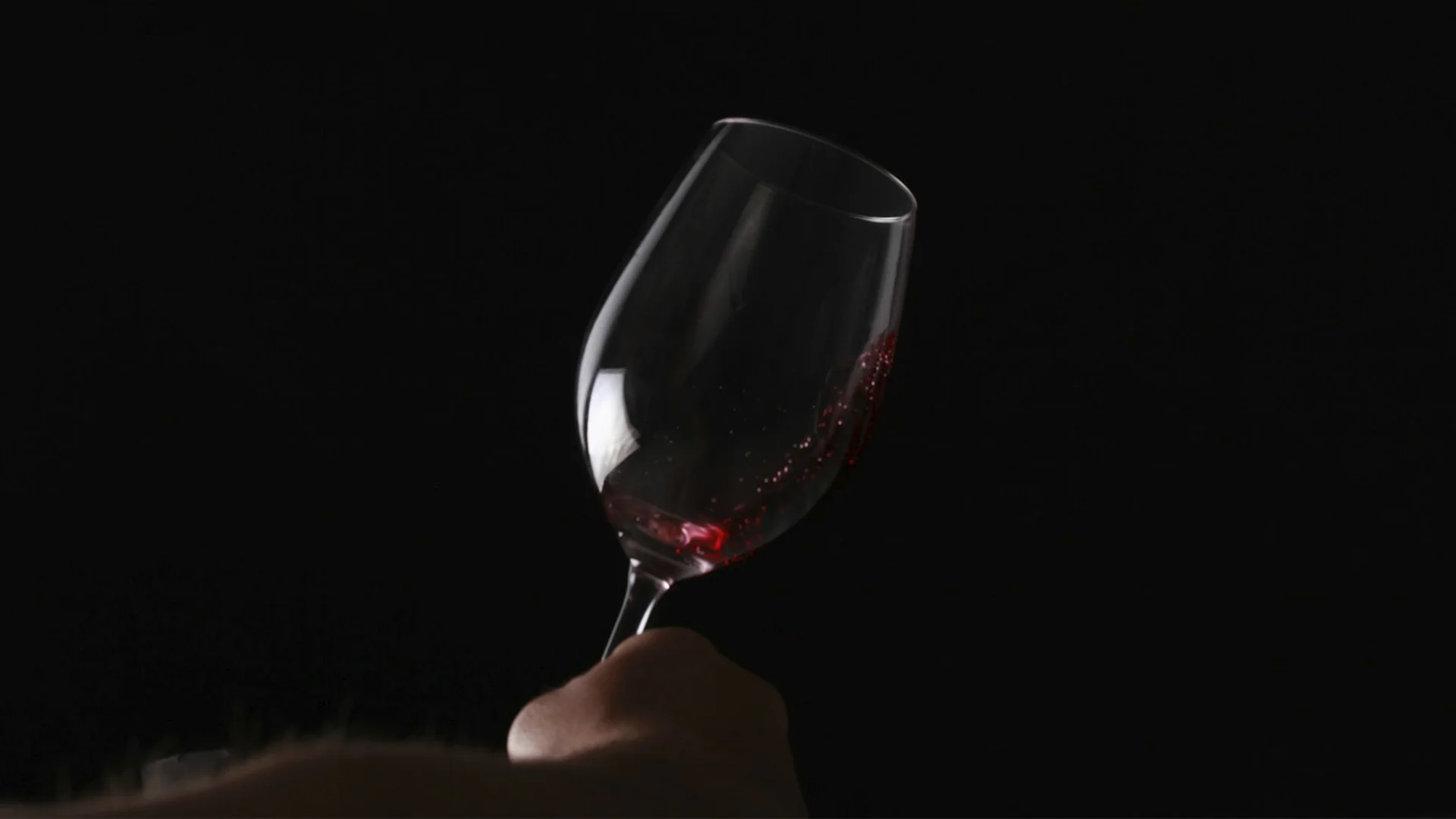
While everyone races for popular grapes like Cabernets and Pinots, Bobal quietly waits in the corner, like the smartest person at the party, hoping someone recognizes its brilliance.
This indigenous Spanish variety isn't just another wine story; it's a disruption narrative that would make Silicon Valley jealous.
Bobal is one of the Spanish flagship grape varieties. In fact, it is the third-most planted red grape in the country. Yet it remains criminally underappreciated outside its homeland. Native to the Utiel-Requena region near Valencia, this isn't your typical Spanish showboat. While Tempranillo gets all the press conferences, Bobal has been quietly building an empire of 21,000 hectares.
Mostly old vines. Nearly half are over 45 years old. The name originates from Latin "bovale," meaning "bull's head," referencing the grape's distinctive, tight cluster shape. But don't let the agricultural metaphor fool you. This grape has more sophistication than a Wall Street algorithm. Bobal produces wines with intense cherry colours and violet flashes, delivering a flavour profile that's like finding a hidden speakeasy behind a taco stand: surprising, complex, and impossibly satisfying.
The varietal Bobal has been documented in Spanish literature since the 15th century, making it older than most European noble houses. For centuries, it played the role of the wine industry's reliable wingman, shipped to Rioja to bolster lighter wines during transport to Valencia's port. This wasn't glamorous work, but it was essential infrastructure. The AWS of Spanish winemaking, if you will. The phylloxera resistance of Bobal vineyards gave it survival advantages when European vineyards were decimated by phylloxera in the late 1800s. While competitors were rebuilding from scratch, Bobal was quietly accumulating old-vine capital that today represents pure viticultural gold, for its ability to extract minerality and complexity.
The wine market in 2024 is experiencing what economists refer to as a "flight to authenticity." Global wine consumption hit record lows, but here's the twist: indigenous varieties are gaining traction among younger consumers who seek unique experiences over familiar labels. Bobal sits perfectly in this "less but better" dynamic. It's priced competitively, offering high-quality wines while providing something genuinely different. Master of Wine Sarah Jane Evans describes being "enamoured" with Bobal for years, and industry tastings consistently deliver 90+ point scores across multiple producers. The trend data show that wine professionals in Belgium and other Western European countries are exploring an average of 7.2 wines from different origins in 2024, up from 6.4 in 2021. This exploration mindset creates perfect conditions for Bobal's mainstream breakthrough.
Modern Bobal production reads like a startup pivot story.
Besides red wines, the high acidity and fresh fruity flavours of Bobal also allow it to be used for rosé wines.
This transformation story deserves its own Netflix series.
The shift represents value creation through authenticity rather than marketing manipulation.
Tasting Bobal is like discovering a new colour in the spectrum.
The texture profile shows medium to full body with firm but polished tannins. The acidity, Bobal's secret weapon, provides freshness that cuts through richness without overwhelming the palate. Alcohol levels remain moderate, typically 13.5–14.5%, making these wines food-friendly rather than palate-numbing.
Aged examples develop additional notes of chocolate, tobacco, and earthy qualities, while maintaining distinctive vibrancy.
It's sophistication without pretension — the wine equivalent of a perfectly tailored jacket that you can actually afford.
Bobal's food pairing versatility is its competitive moat. The grape's high acidity and moderate tannins make it compatible with a wide range of dishes, from Valencian paella to Moroccan tagines. Traditional pairings include:
But here's where it gets interesting: Bobal works with modern fusion cuisines that would confuse traditional wine regions. The zingy acidity handles spice levels that would overwhelm heavier red wines, while the earthy backbone complements vegetable-forward dishes, increasingly popular with younger demographics.
Rosé versions pair beautifully with:
This creates menu flexibility that restaurants love and consumers appreciate, expanding Bobal's market reach beyond red wine drinkers.
The terroir story of Bobal, a flagship variety in Spain, reads like a geographic thriller.
The Utiel-Requena region is situated in a unique microclimate, characterized by continental conditions with Mediterranean influences, resulting in dramatic diurnal temperature variations that preserve acidity in Bobal vineyards while allowing for full ripening.
Climate change hasn't been Bobal's enemy but rather an unexpected ally. While other varieties struggle with rising temperatures, Bobal's late-ripening characteristics and natural ability to retain acidity make it increasingly valuable. It's like owning coastal real estate in an often-overlooked area, before everyone realizes it's a diamond in the rough, and the crowd starts to flock there.
In addition to Utiel-Requena, Bobal has smaller production in regions like:
Bobal vs. Petite Syrah reveals fascinating contrasts. While both produce dark, intense wines, their personalities couldn't be more different.
Think of Petite Syrah as a powerlifter and Bobal as a yoga instructor — both strong, but expressing strength differently.
Bobal's sustainability story is authentic rather than marketing-driven. Many vineyards practice organic farming without certification simply because it’s traditional. Old bush vines require minimal intervention, as they naturally resist pests and diseases.
The grape's climate change adaptability positions it as a future-proof variety when others may struggle. Late ripening characteristics and natural acidity retention provide built-in adaptation mechanisms.
Bobal isn't just another wine story — it's a disruption narrative hiding in plain sight. While the wine world chases predictable trends, Bobal red wines offer something increasingly rare: authenticity combined with excellence.
The grape's journey from bulk wine workhorse to artisanal darling mirrors broader consumer shifts toward unique experiences over familiar brands. Old vine heritage, climate adaptability, and food-friendly character create a compelling value proposition.
For wine enthusiasts seeking the next big discovery before it becomes obvious, Bobal represents a first-mover advantage in liquid form. It's Spain's best-kept secret that won't remain secret much longer. The revolution is already underway. The only question is whether you'll be an early adopter or a late majority.

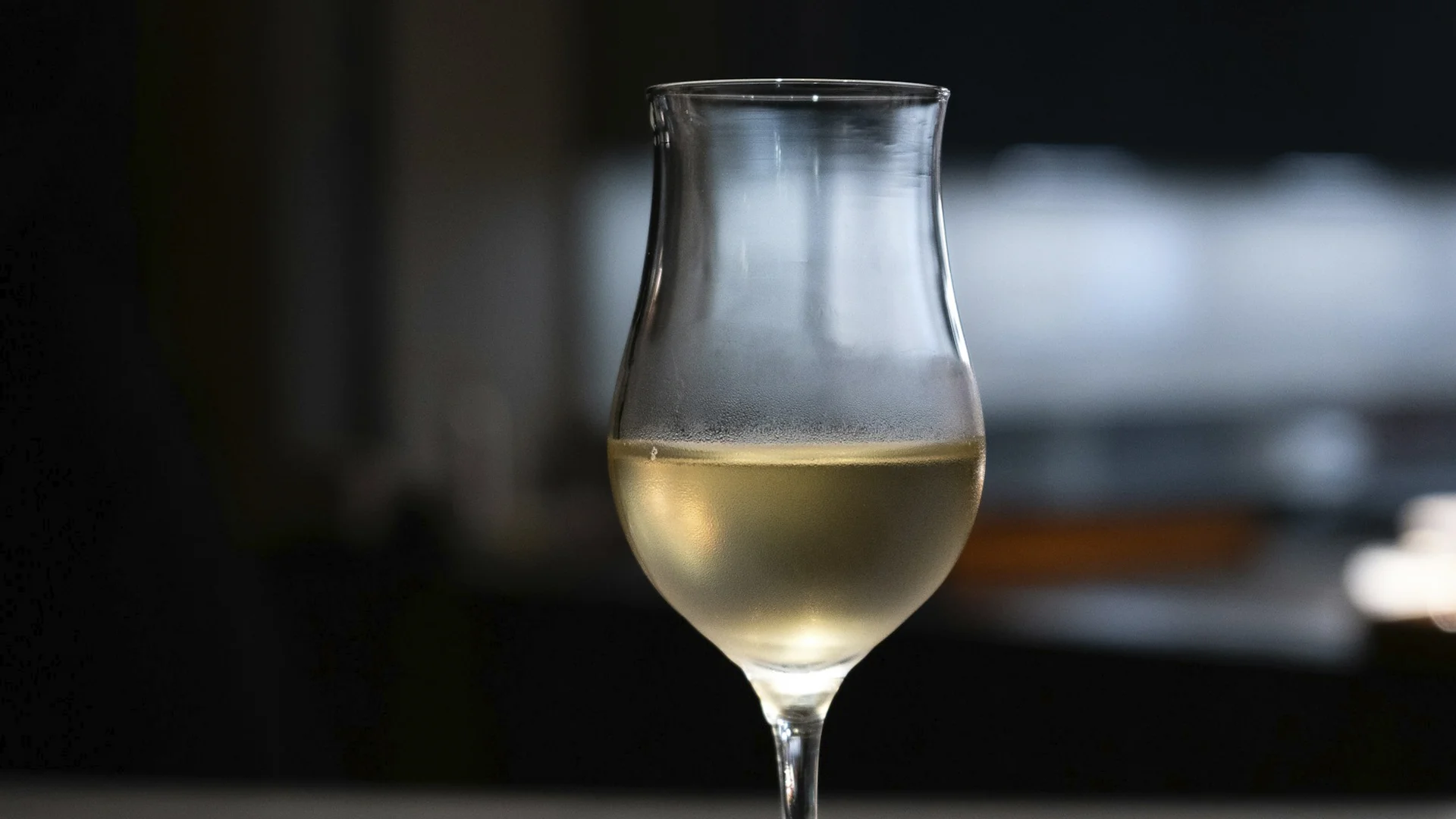
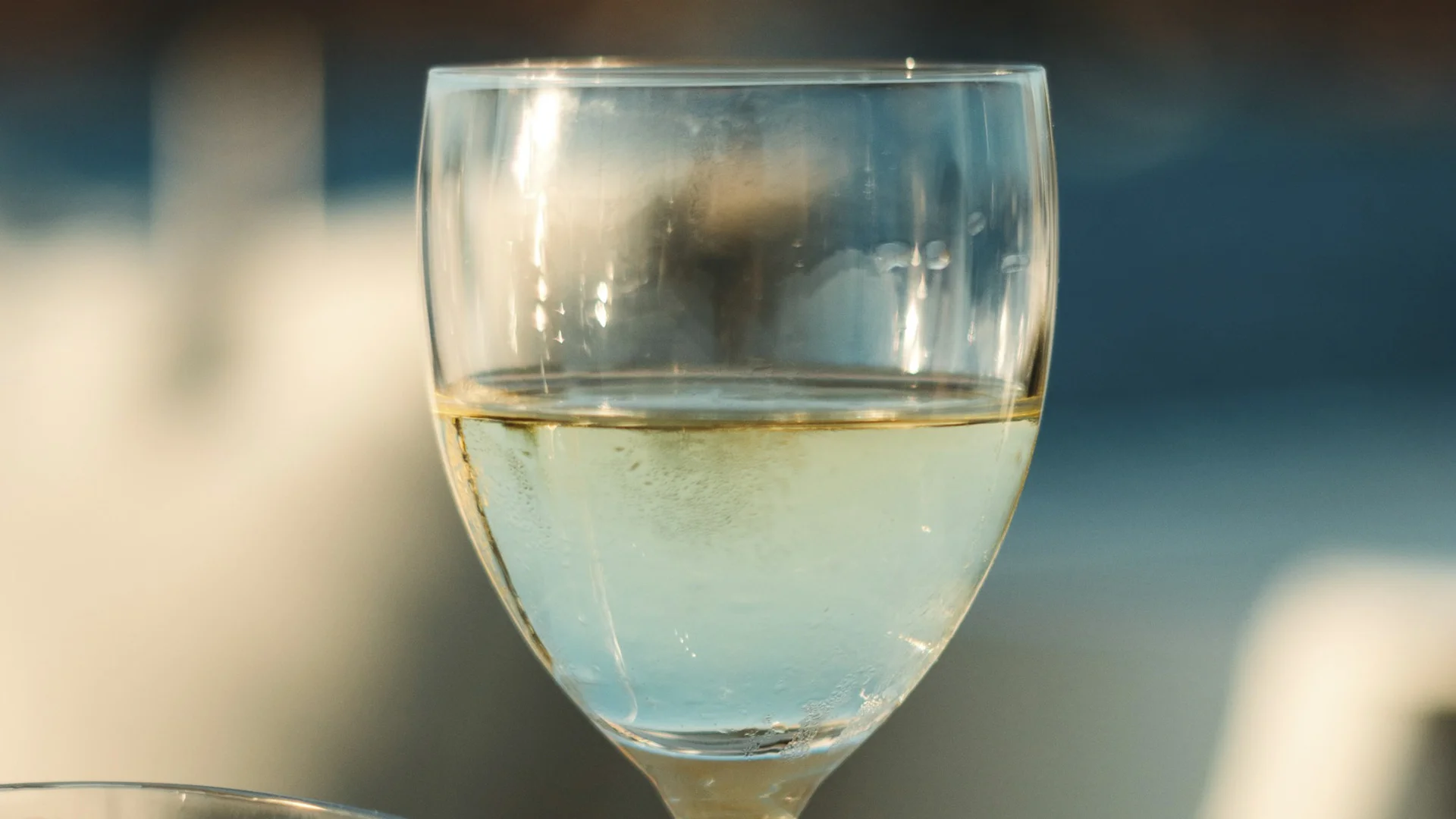
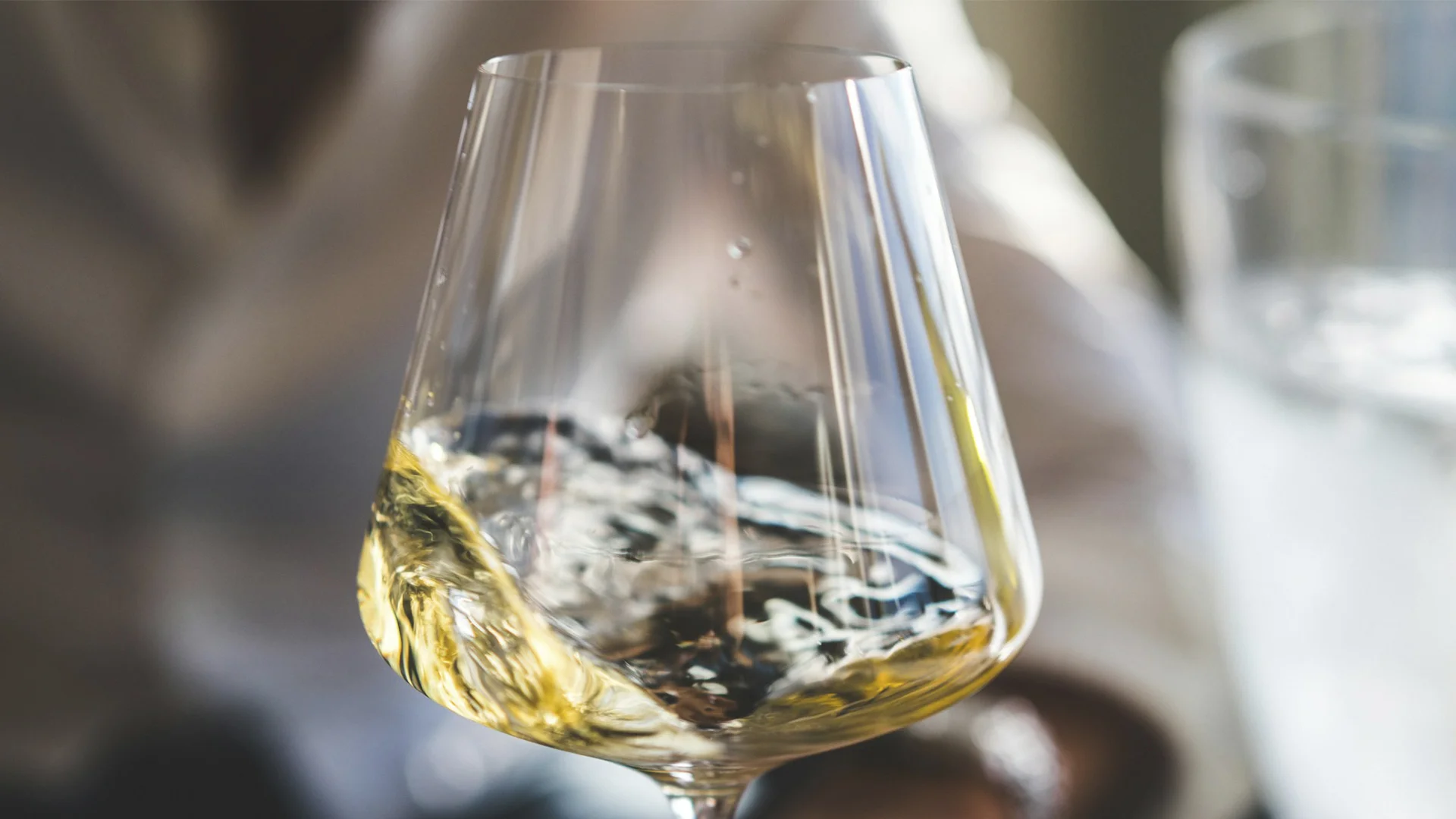
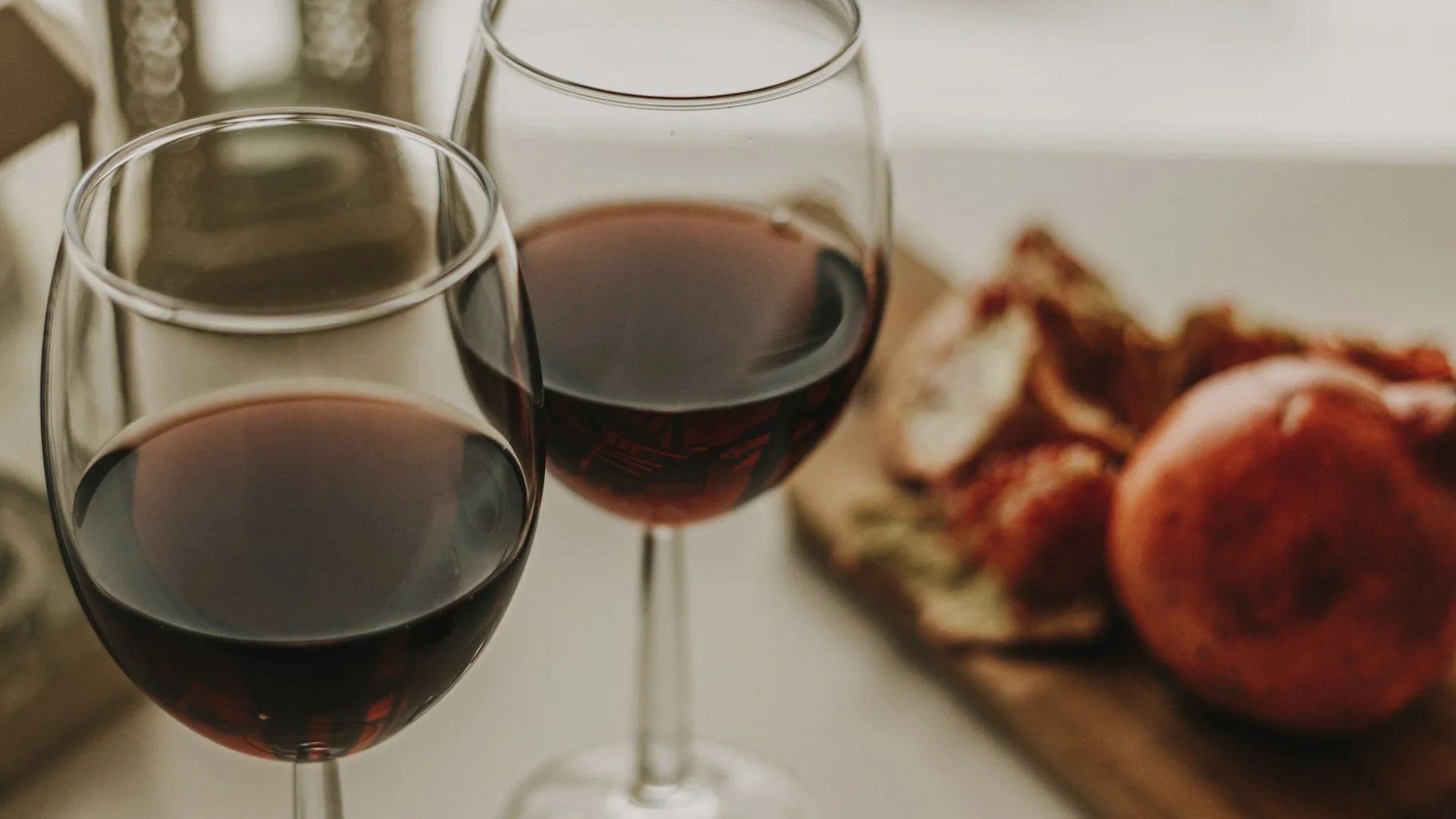
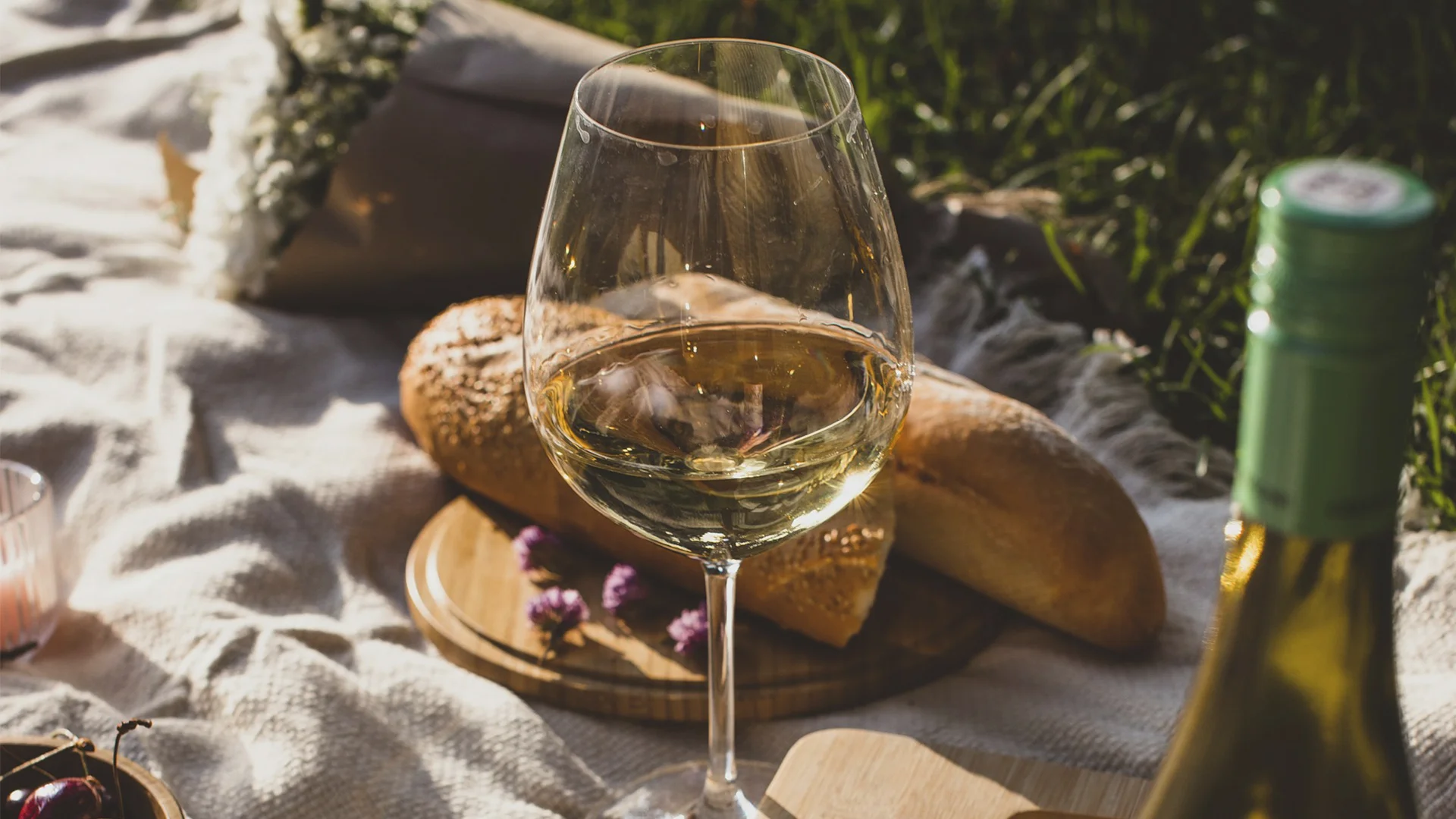
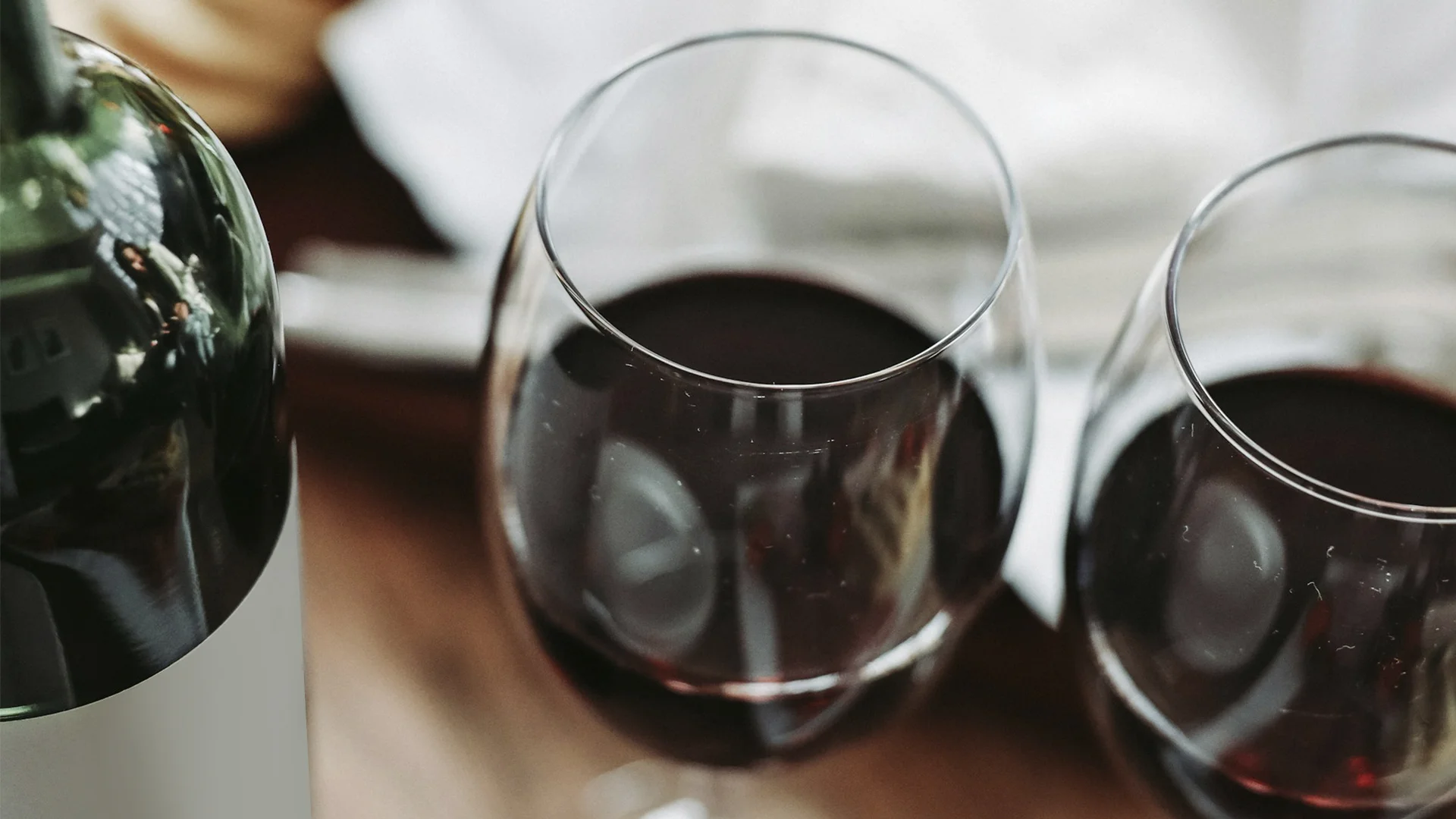
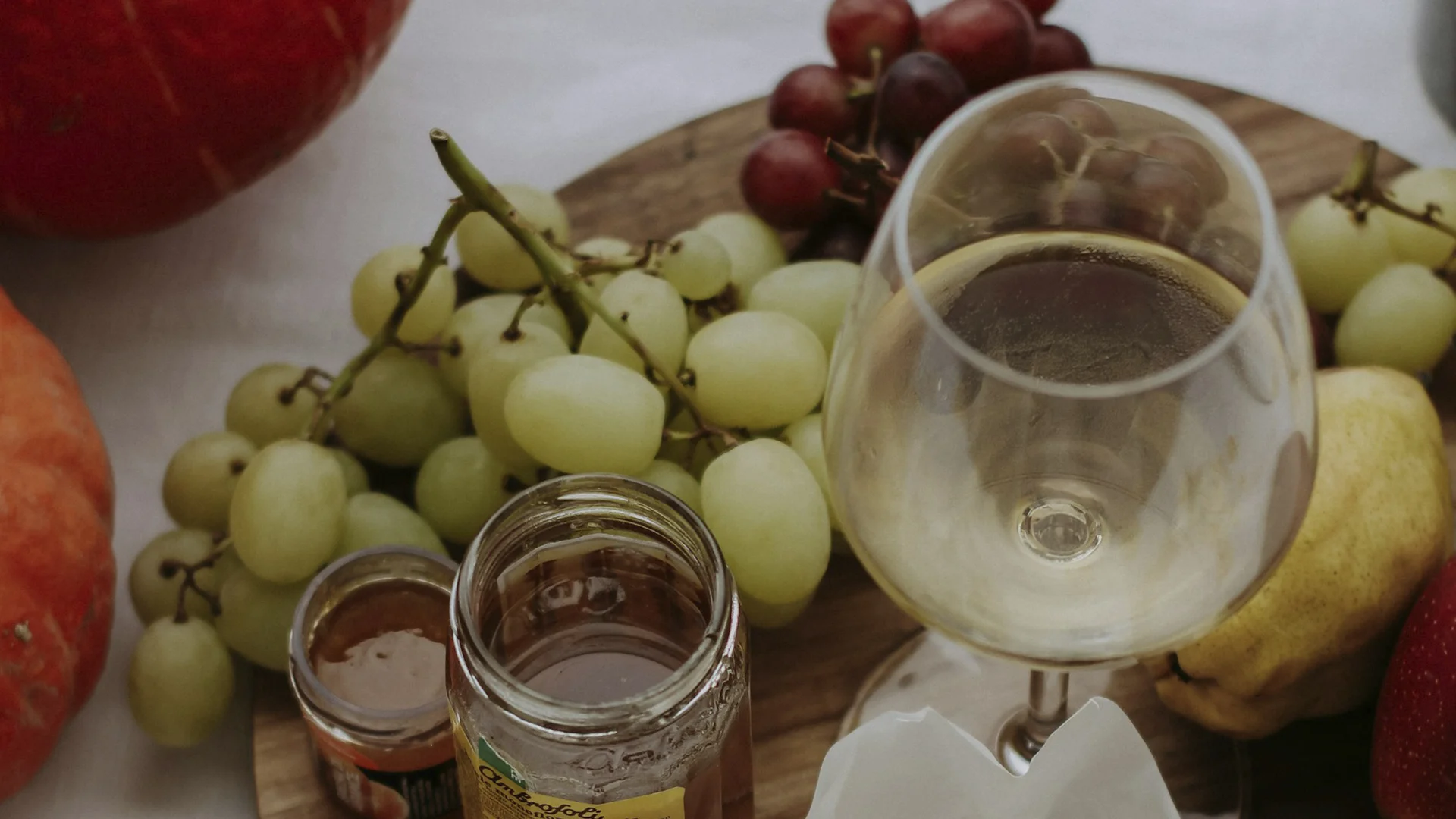
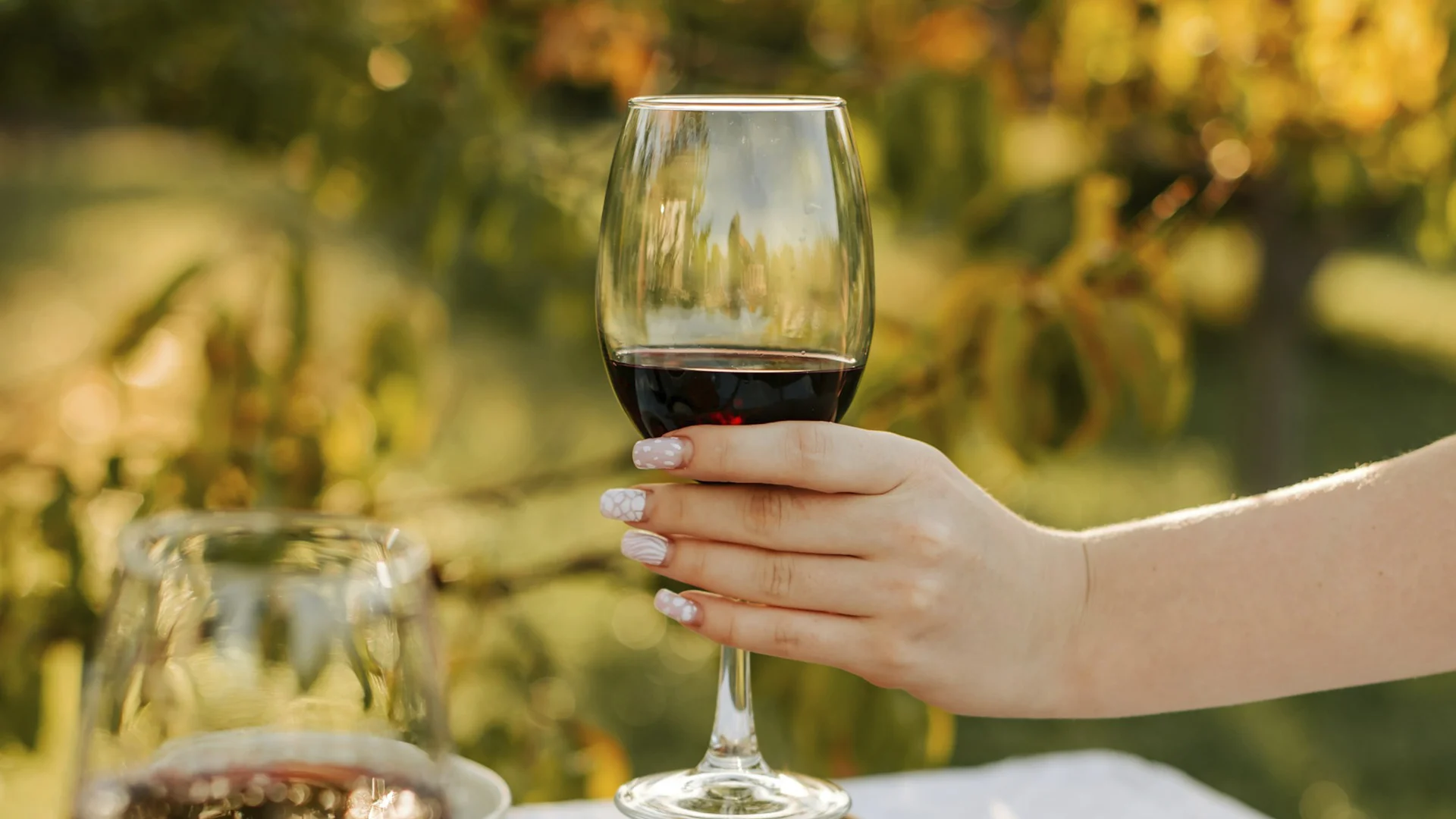

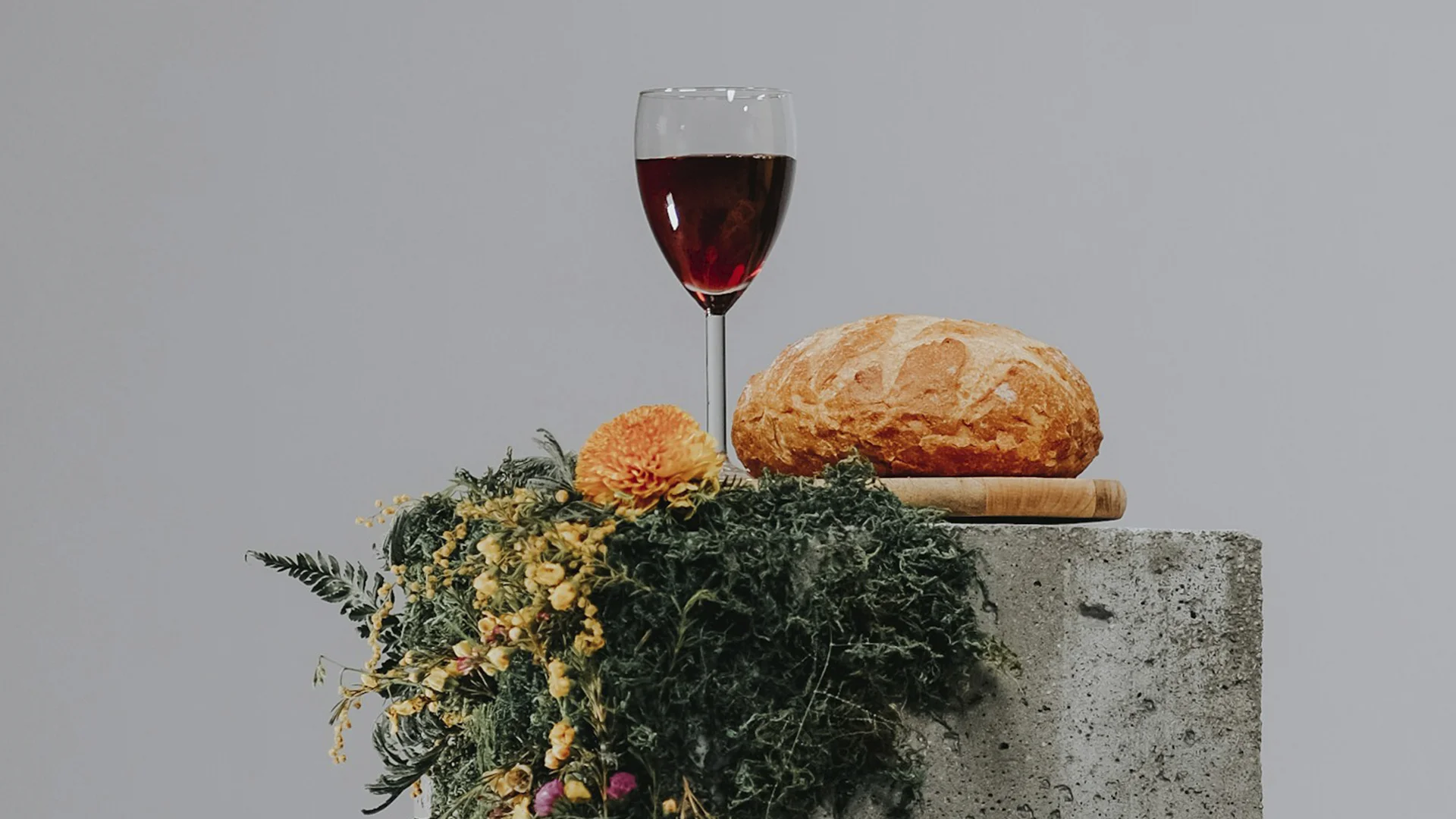



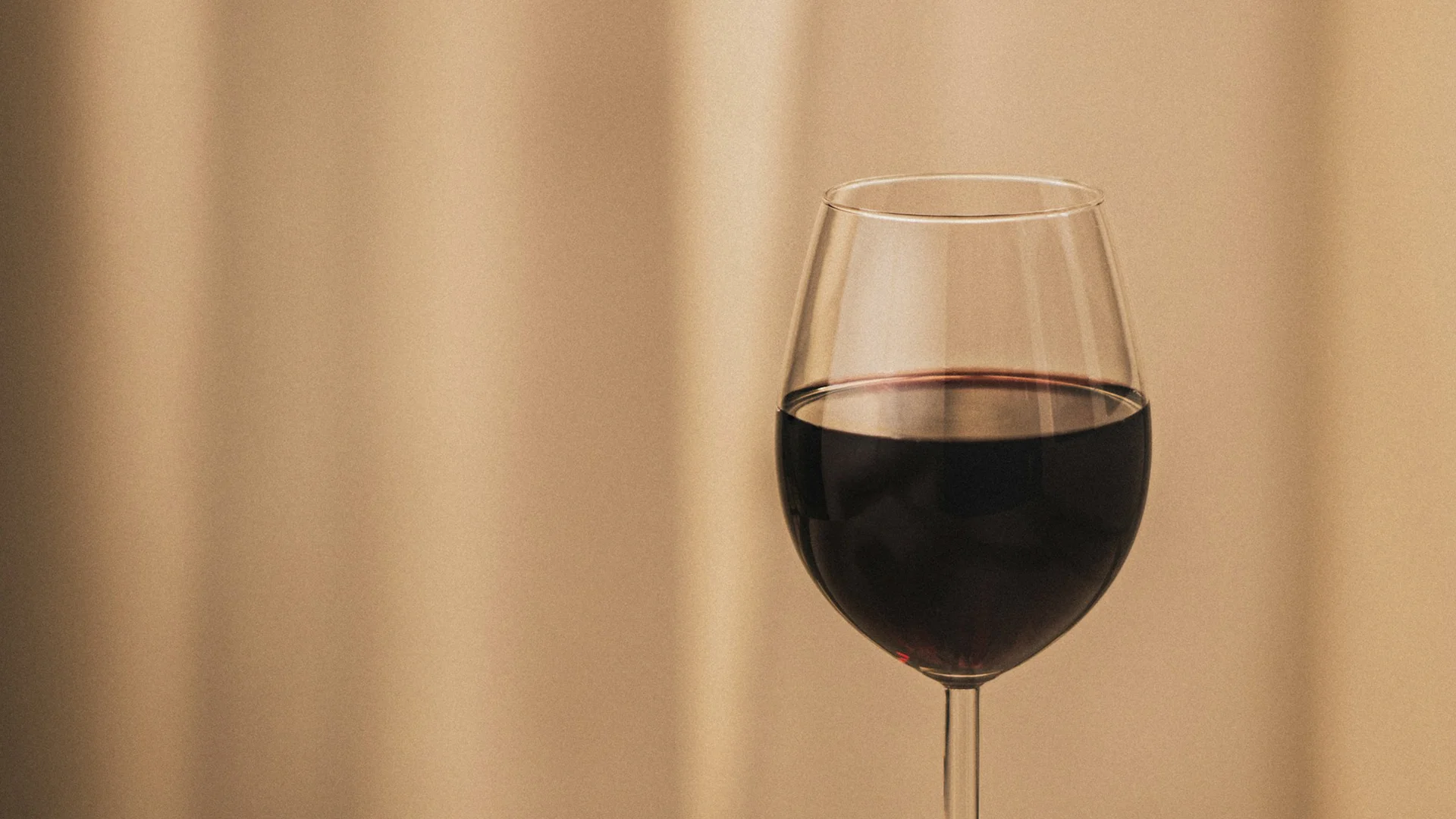
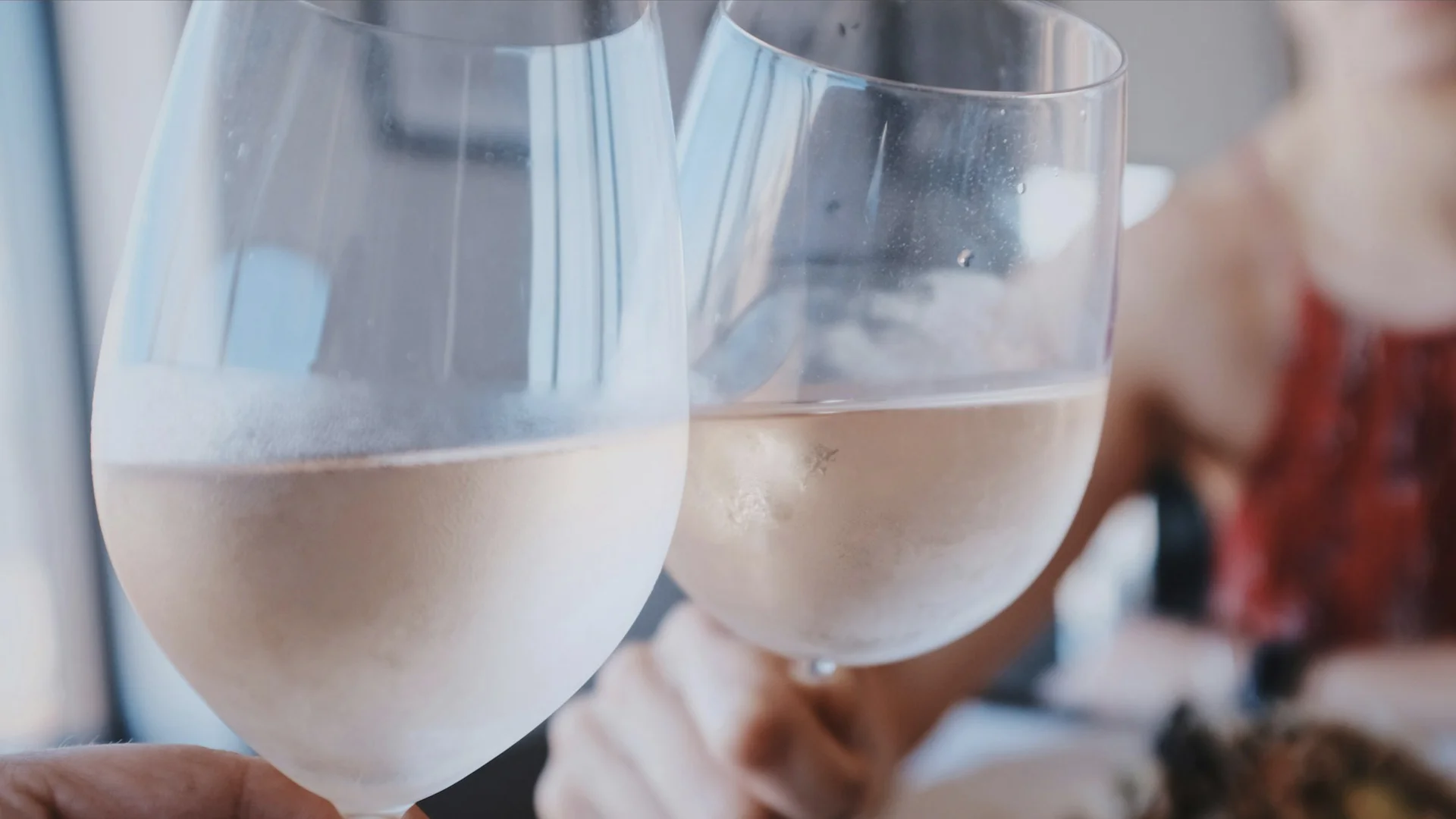

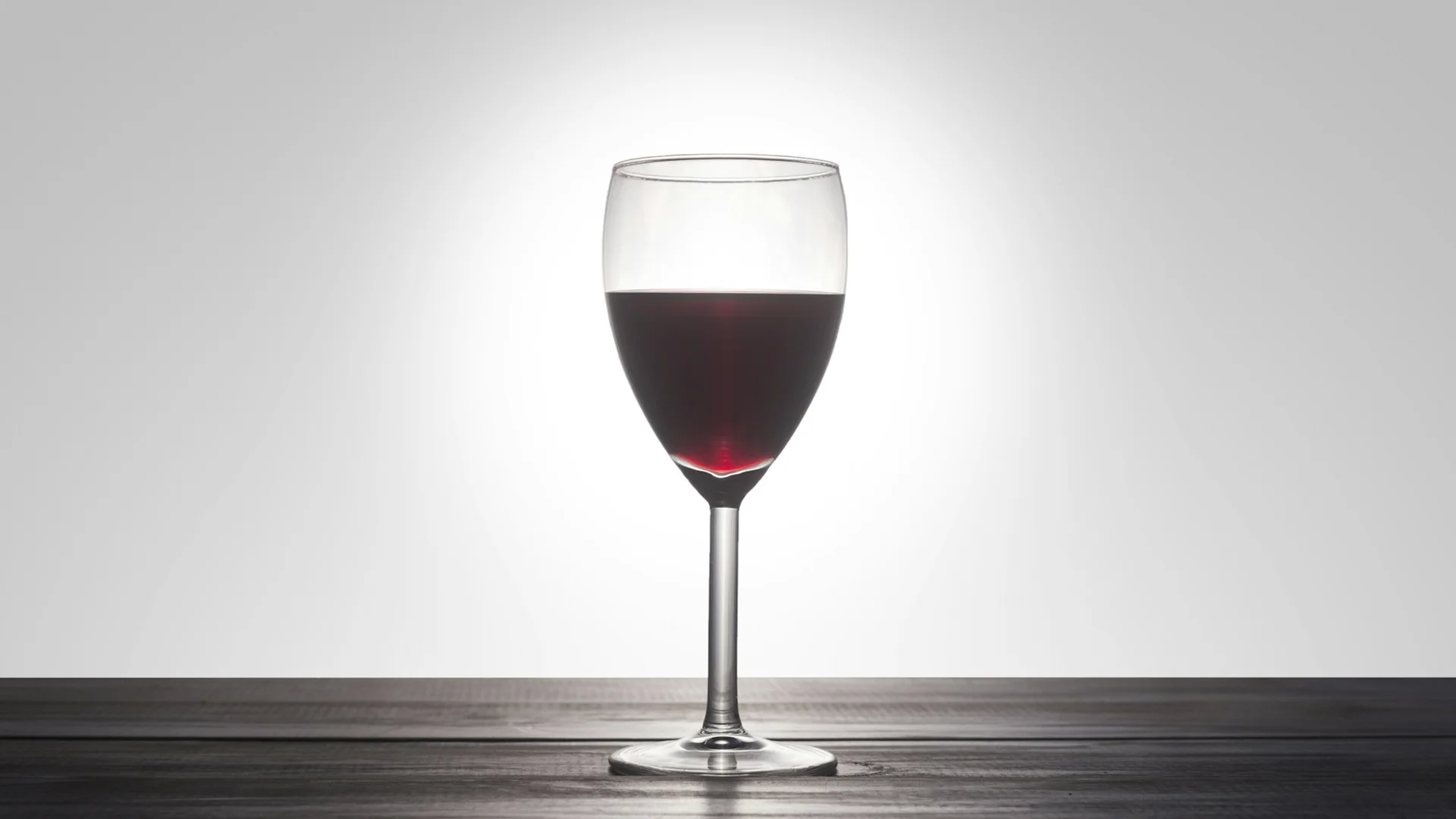


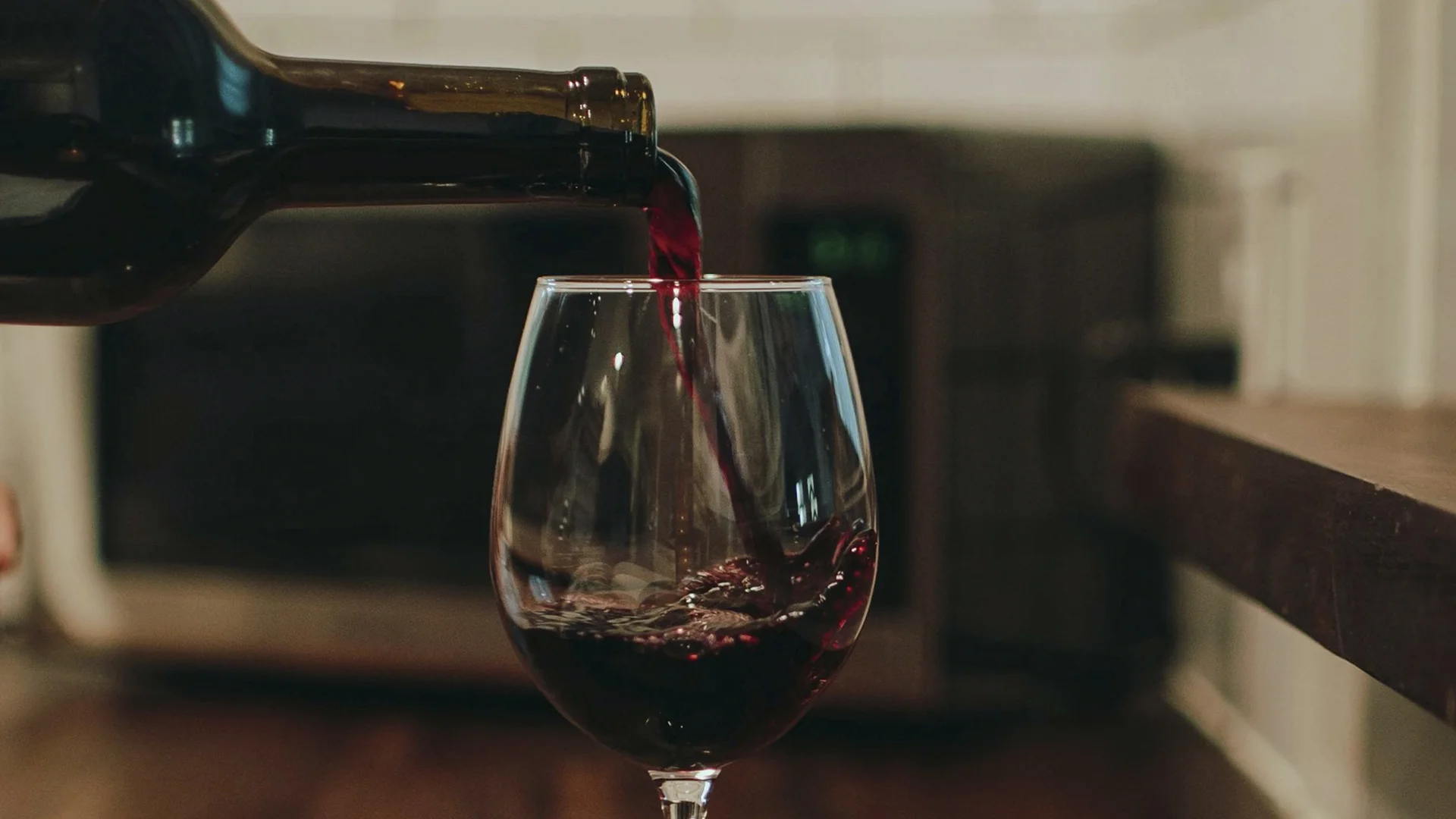
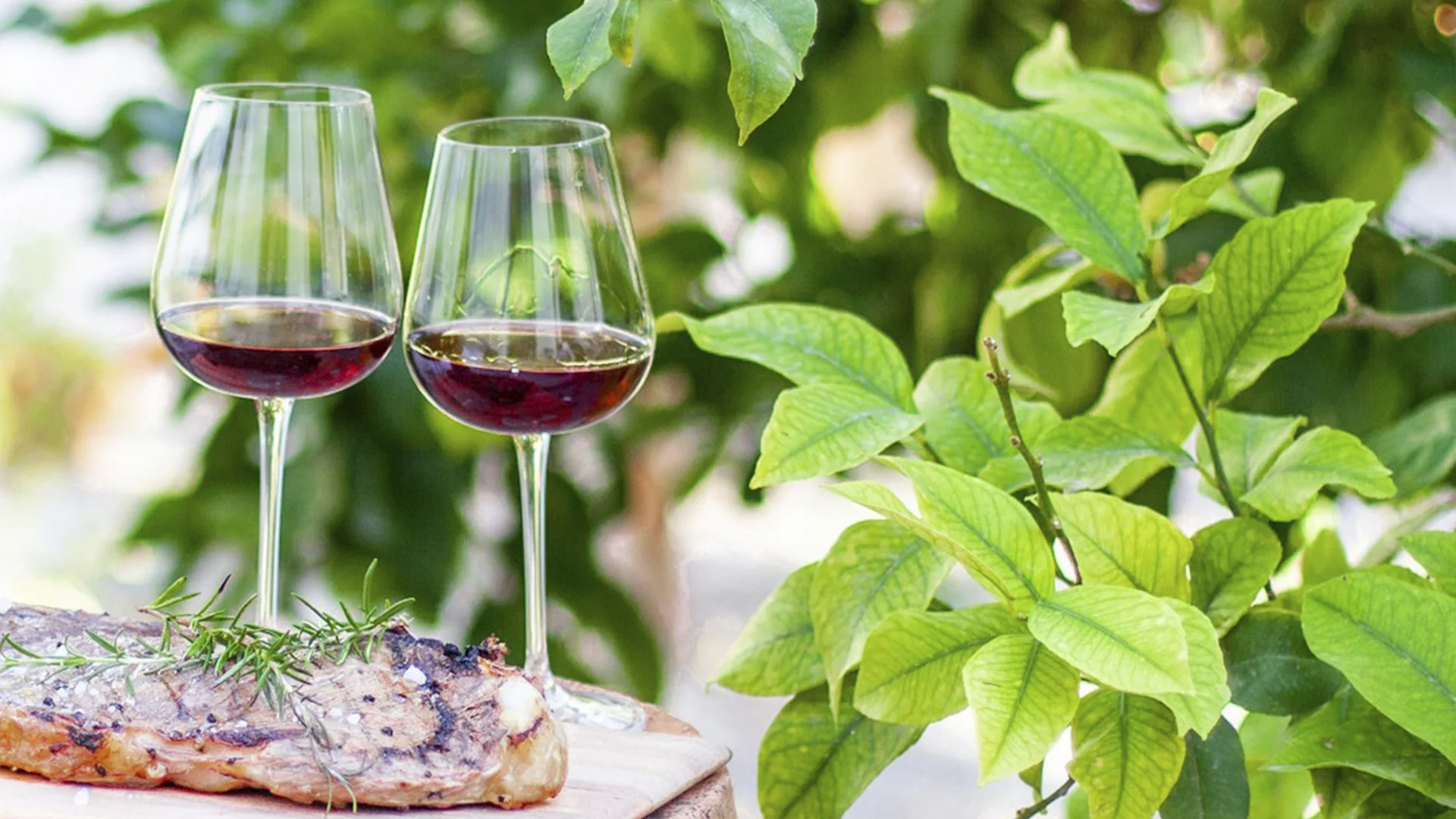
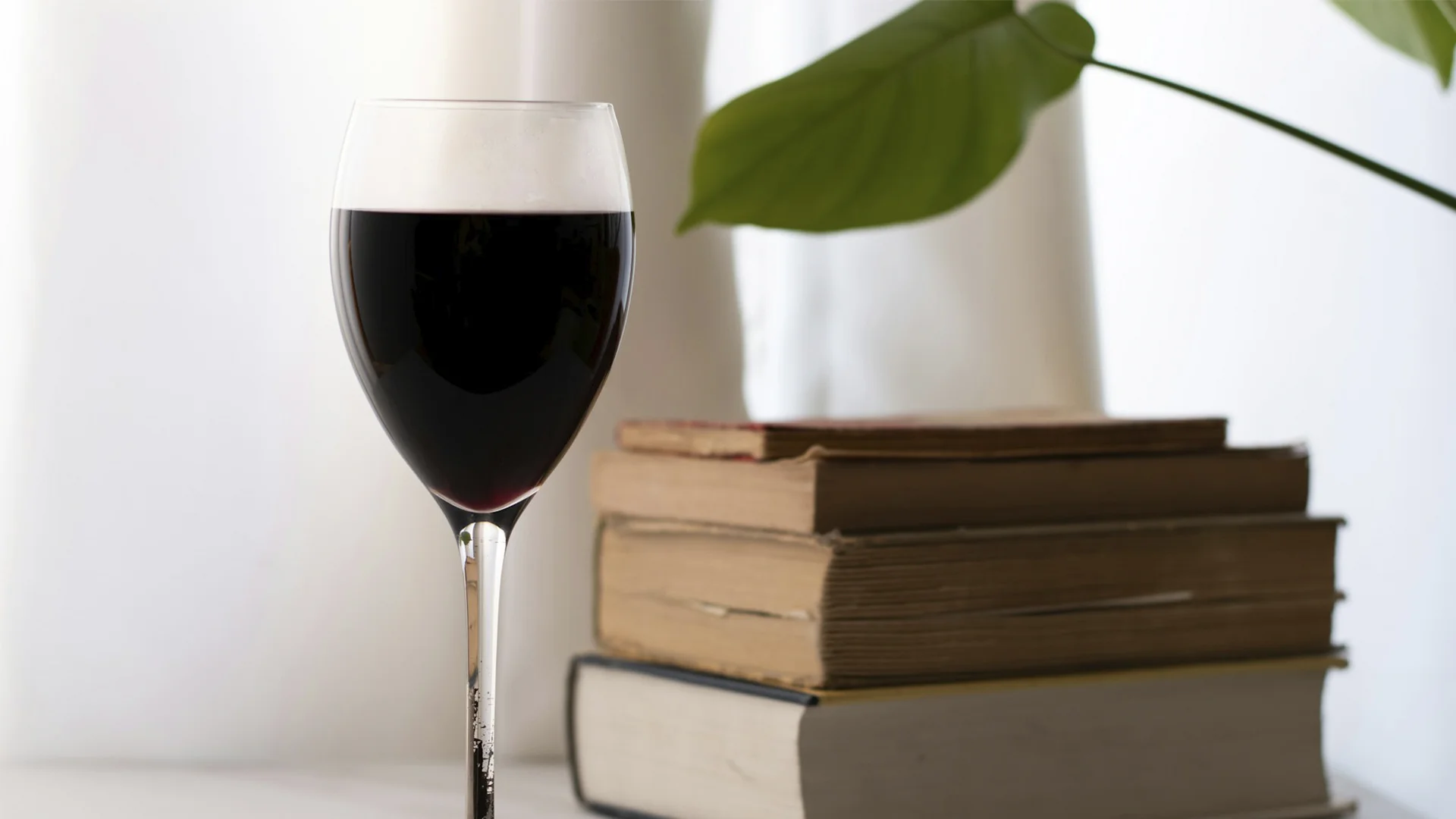
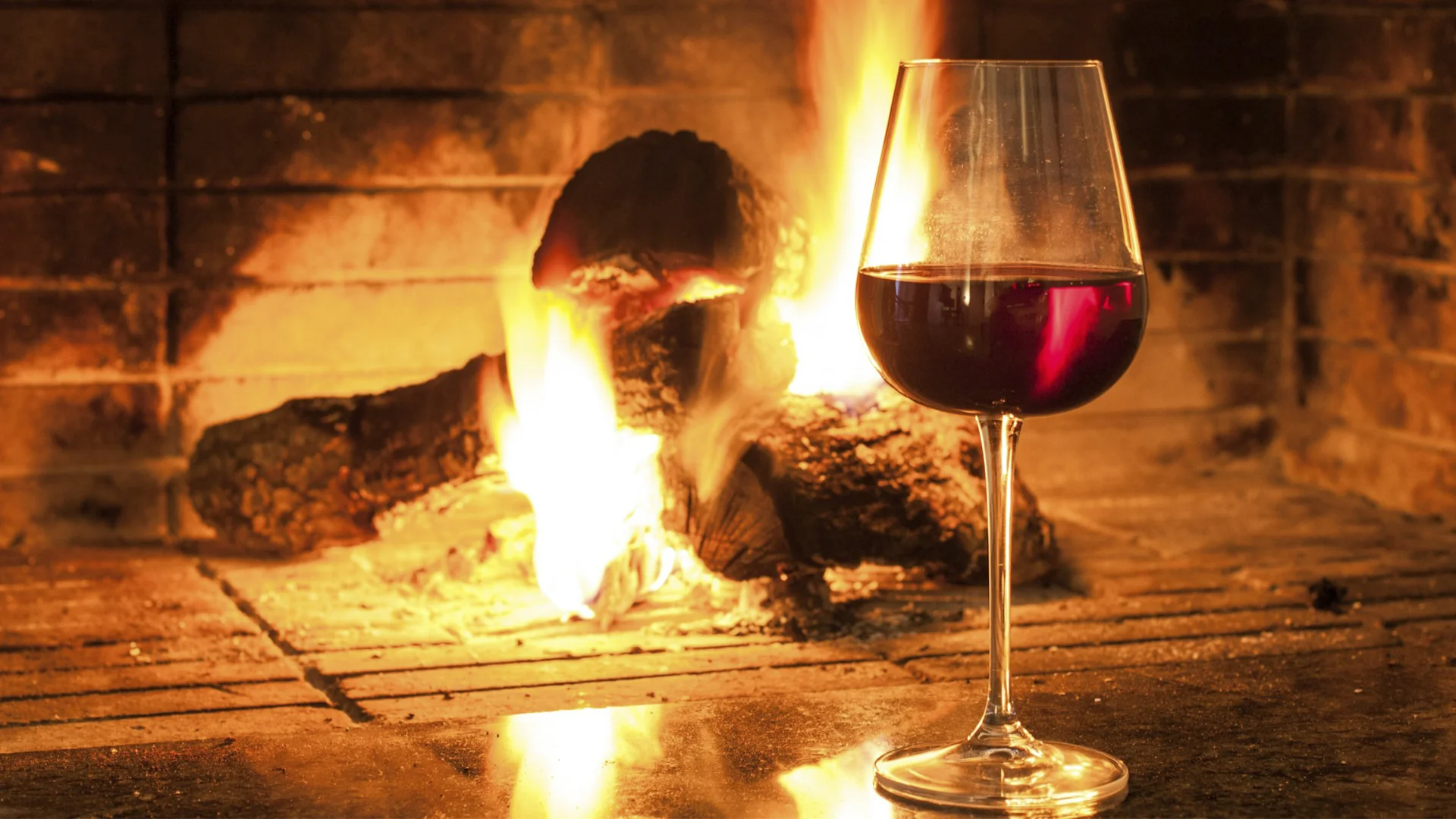
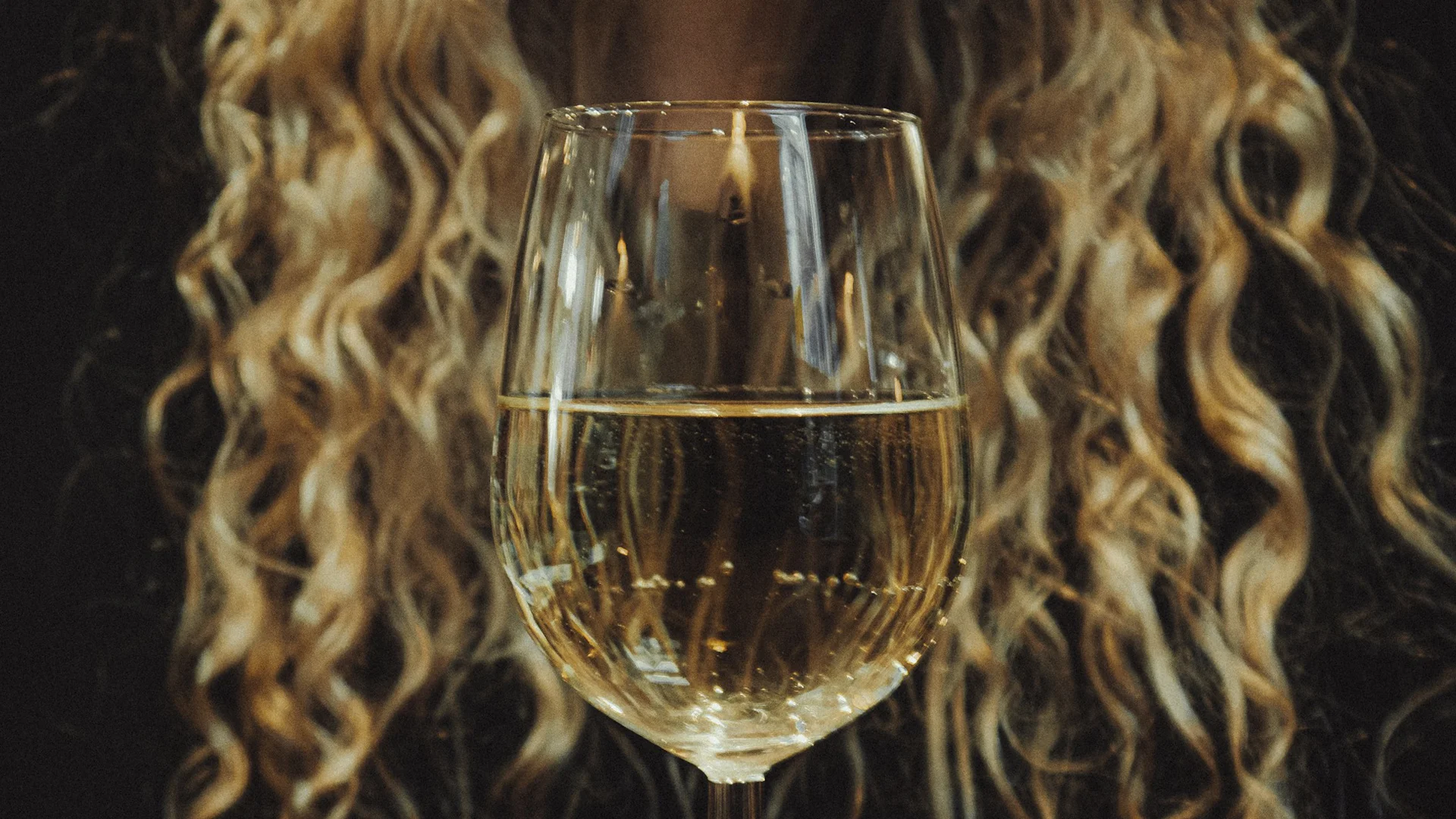
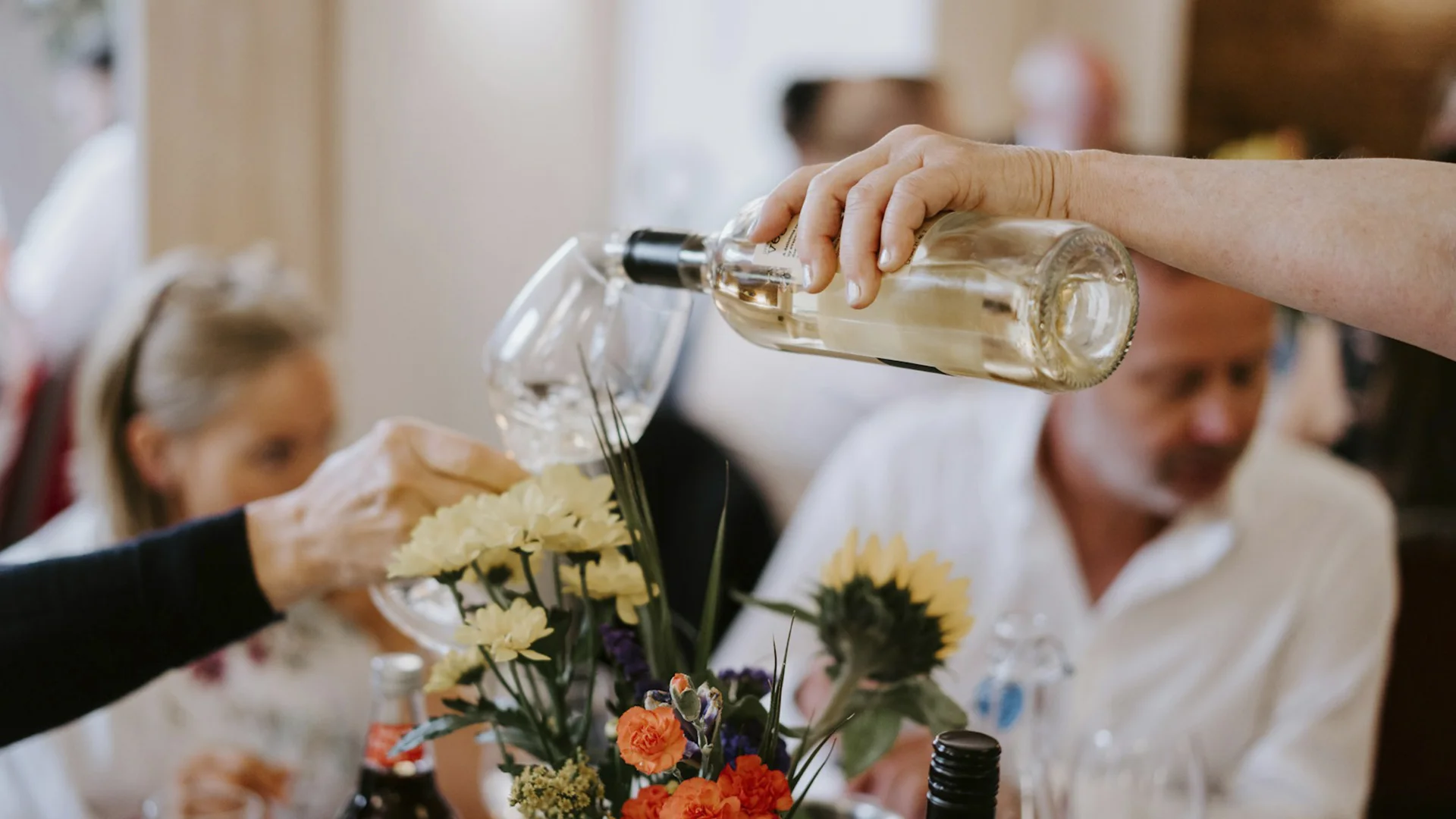
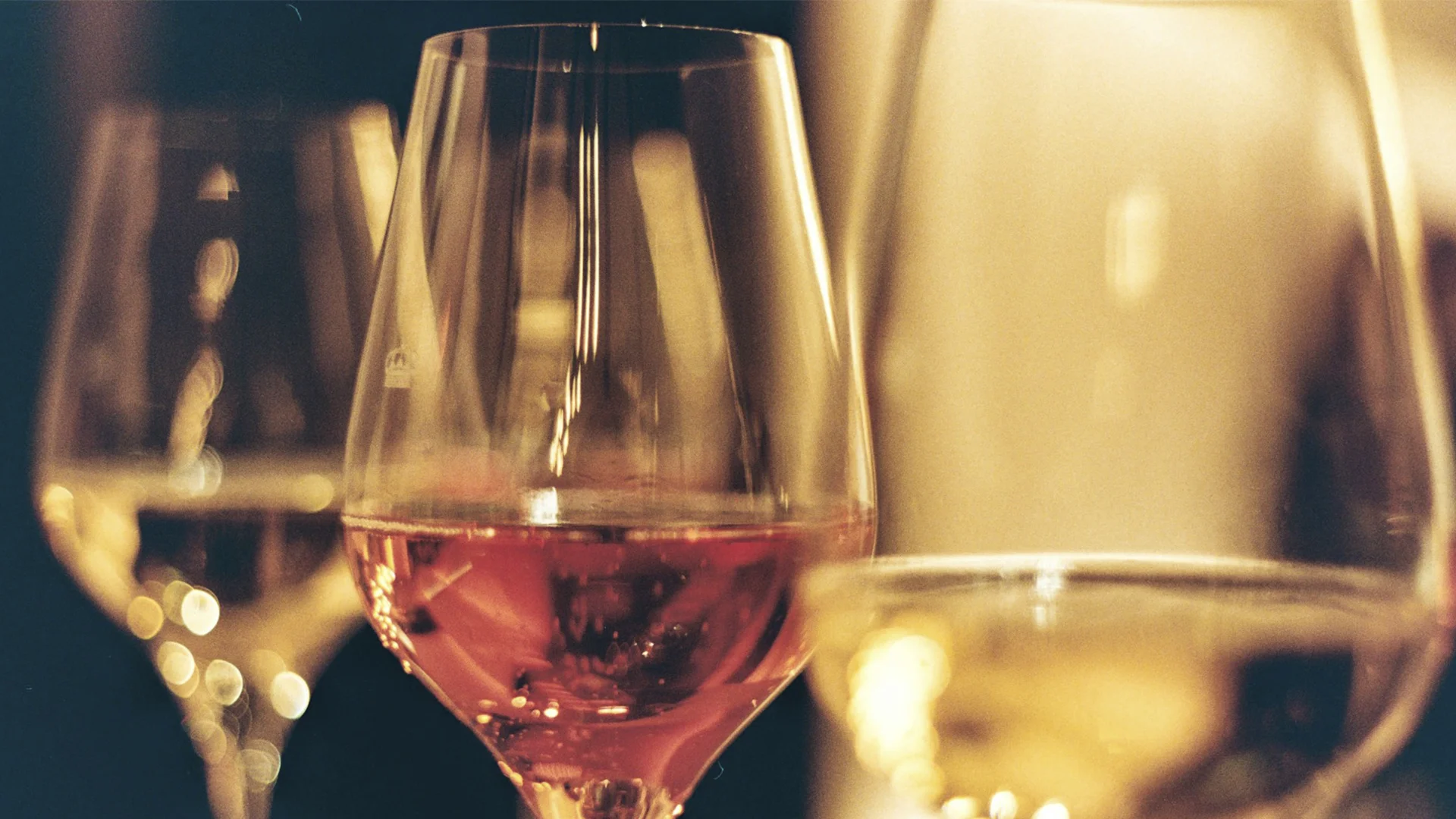
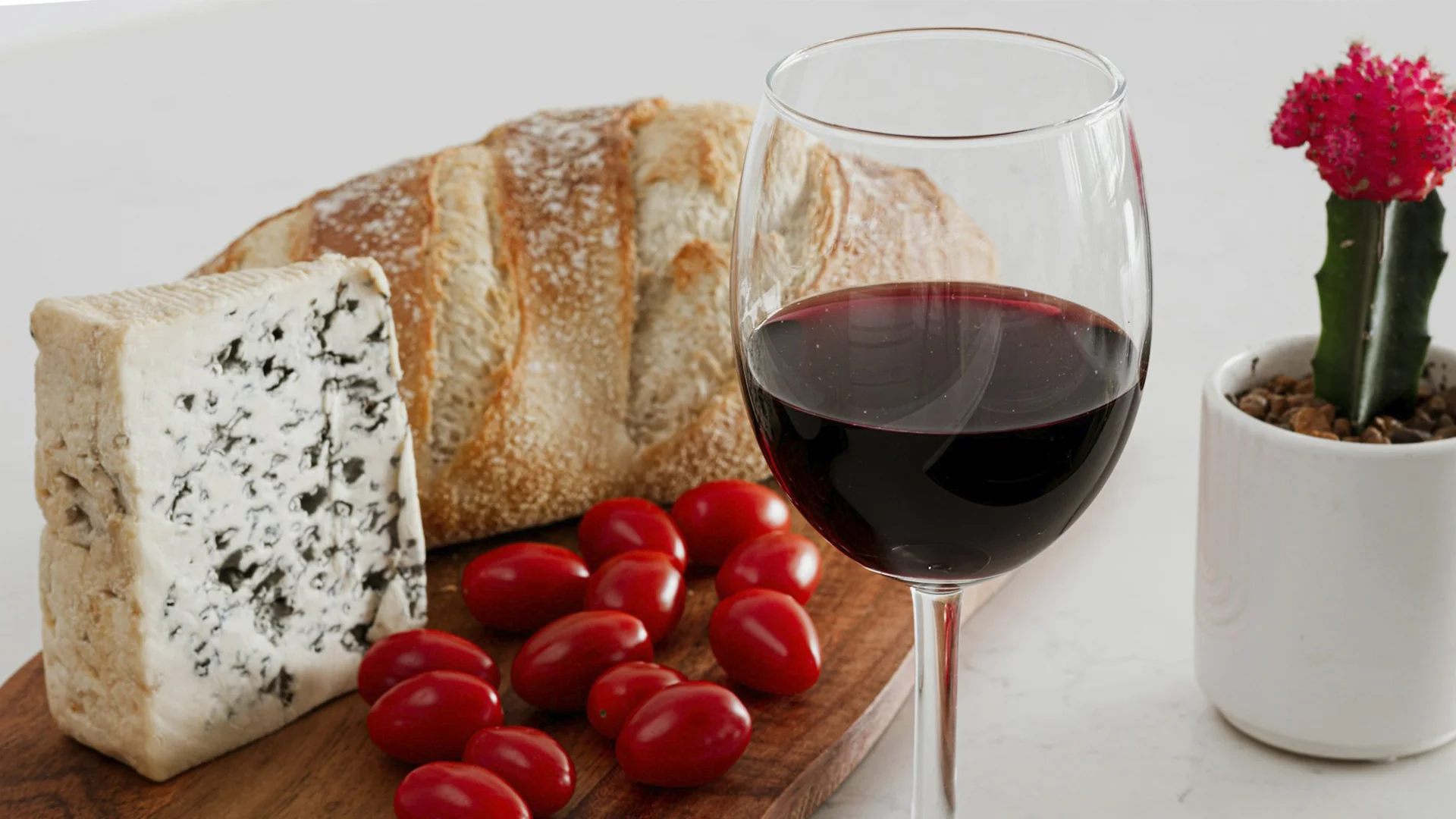
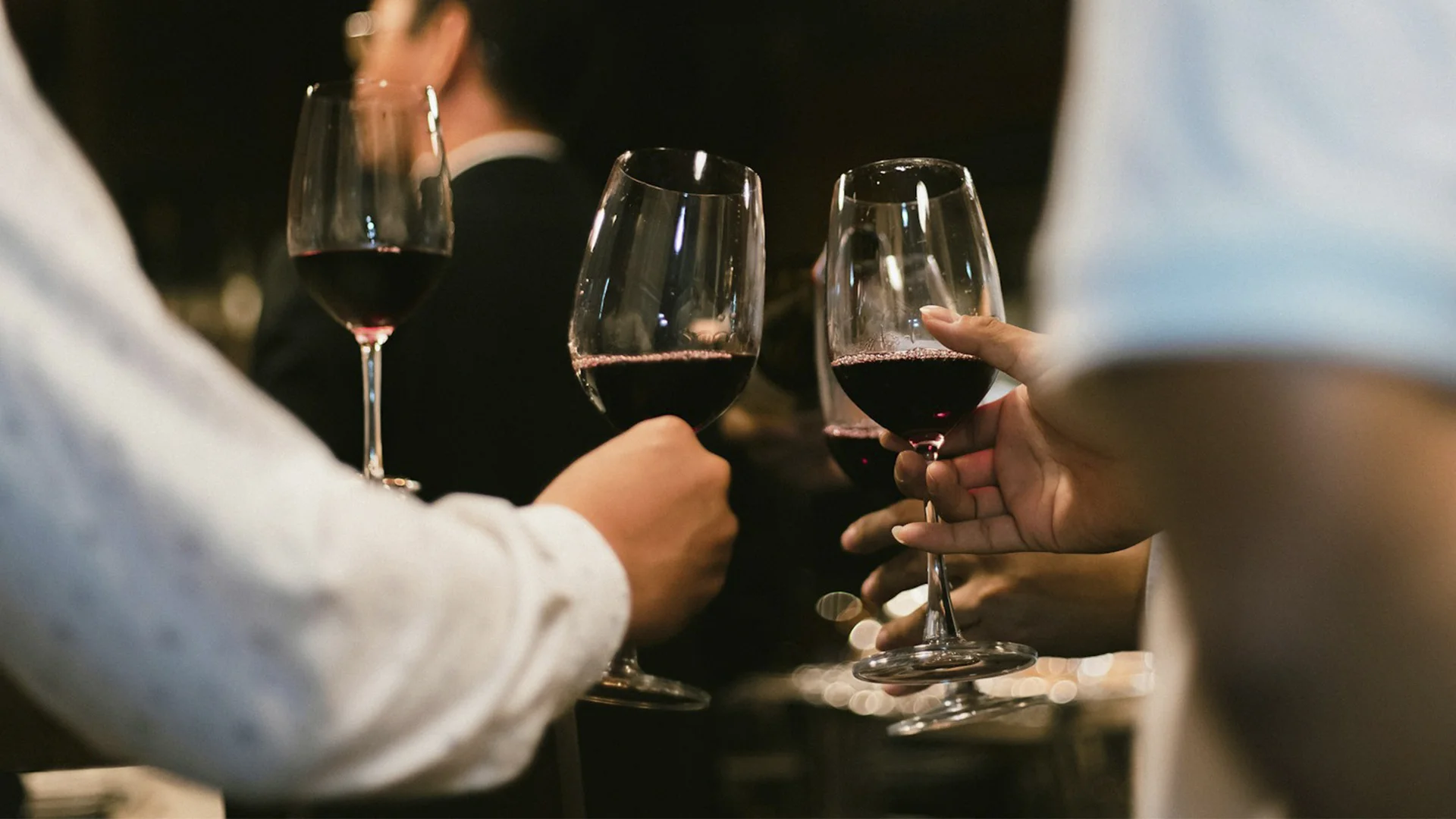

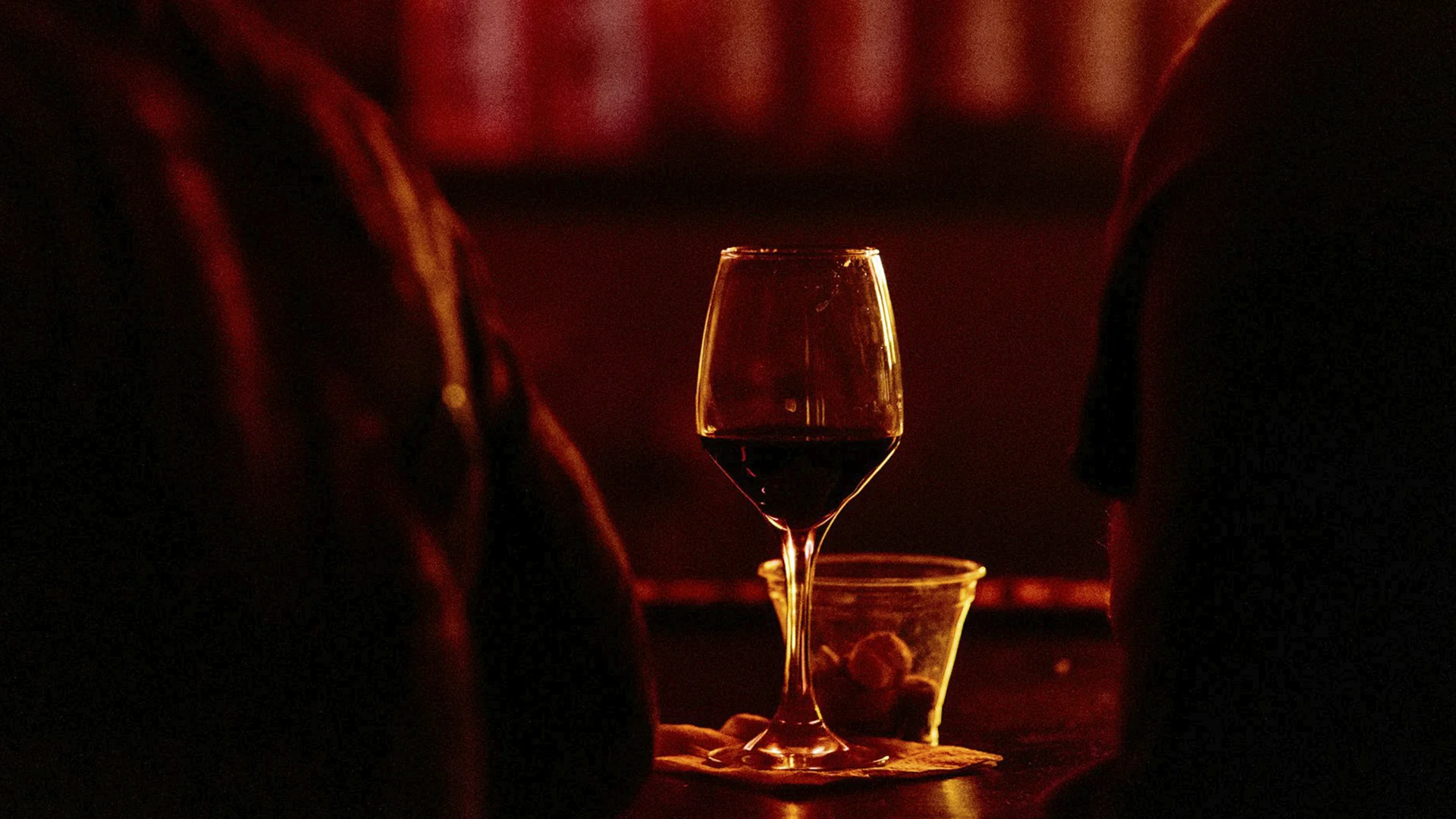
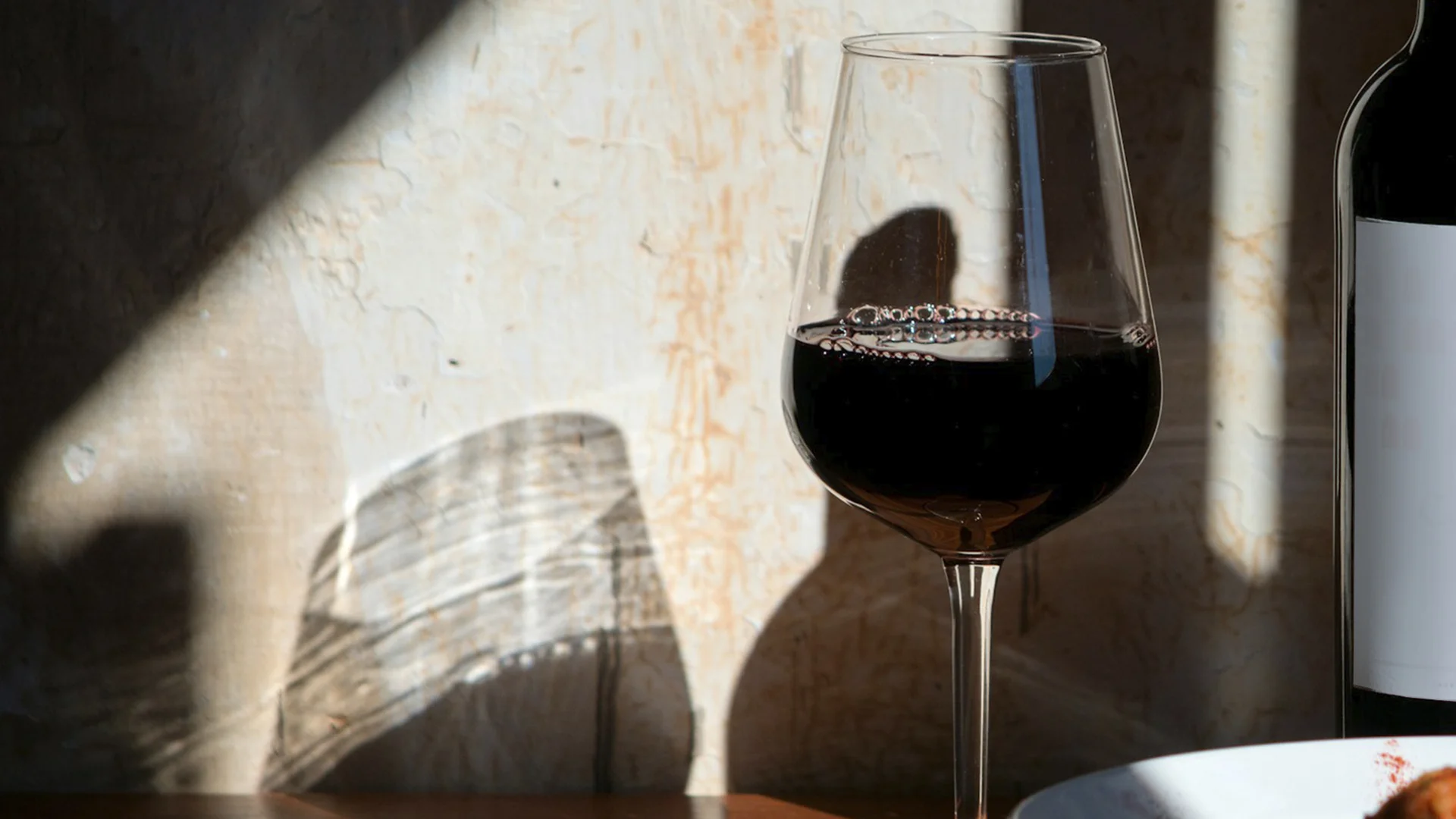
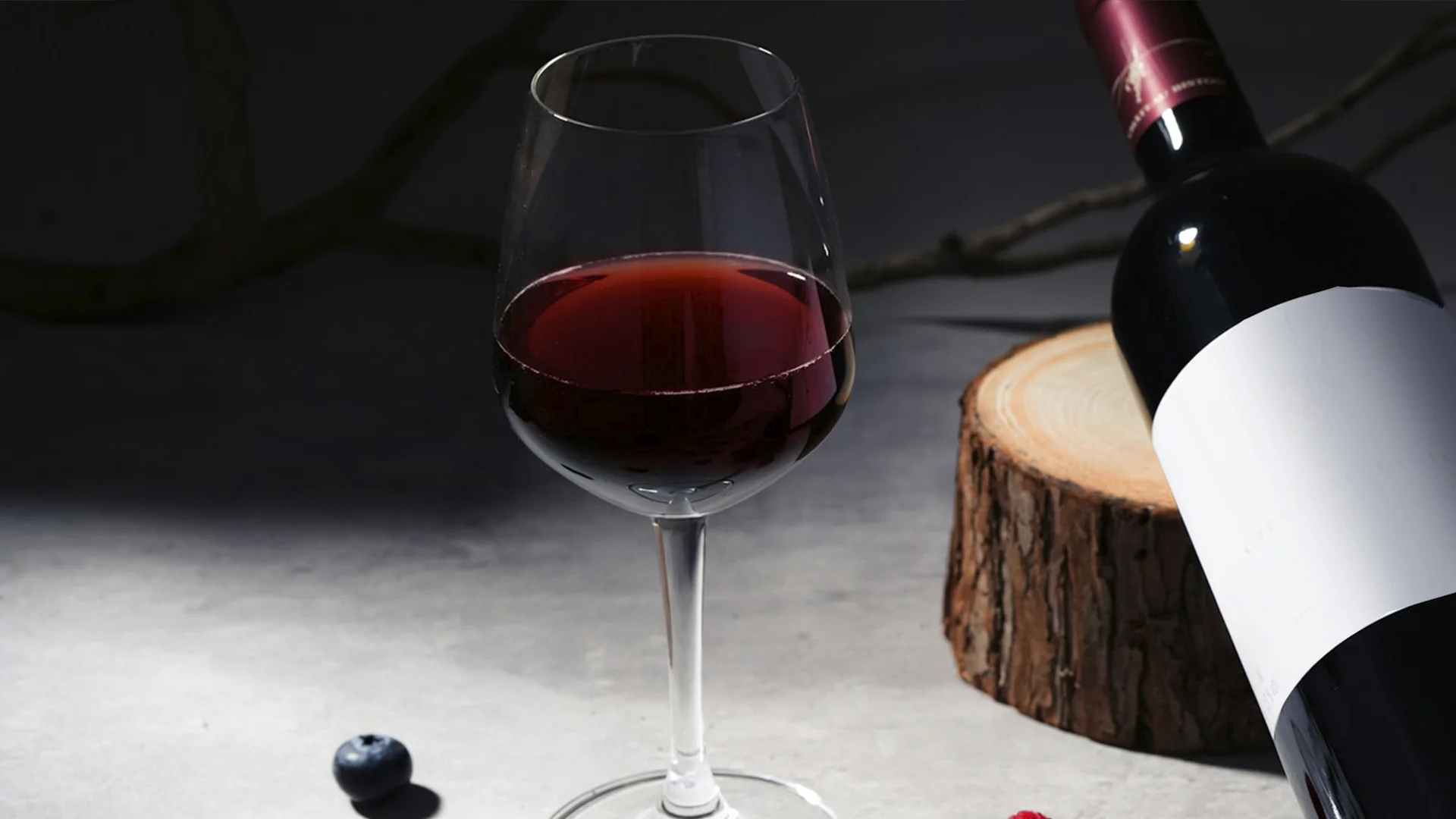
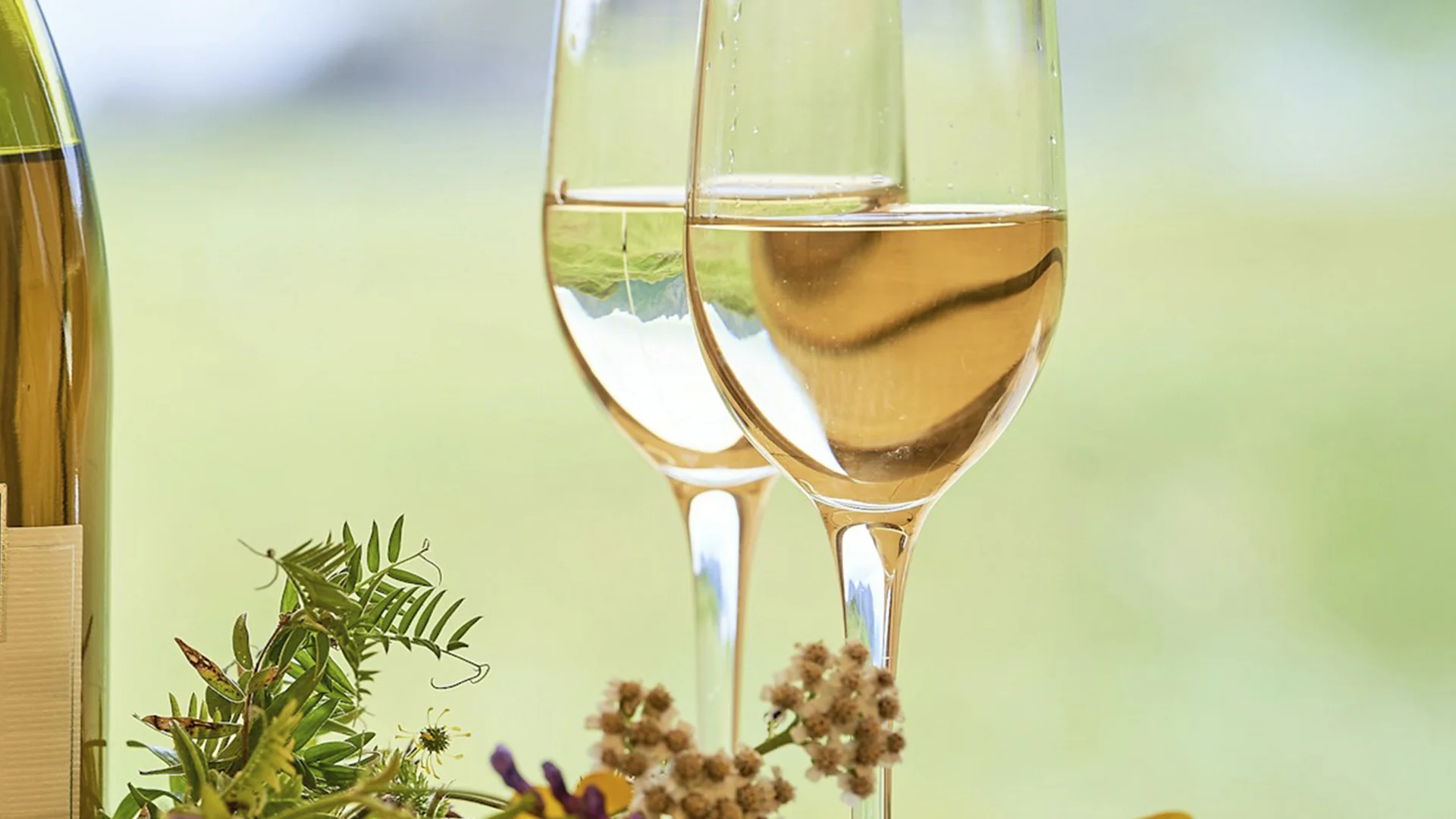
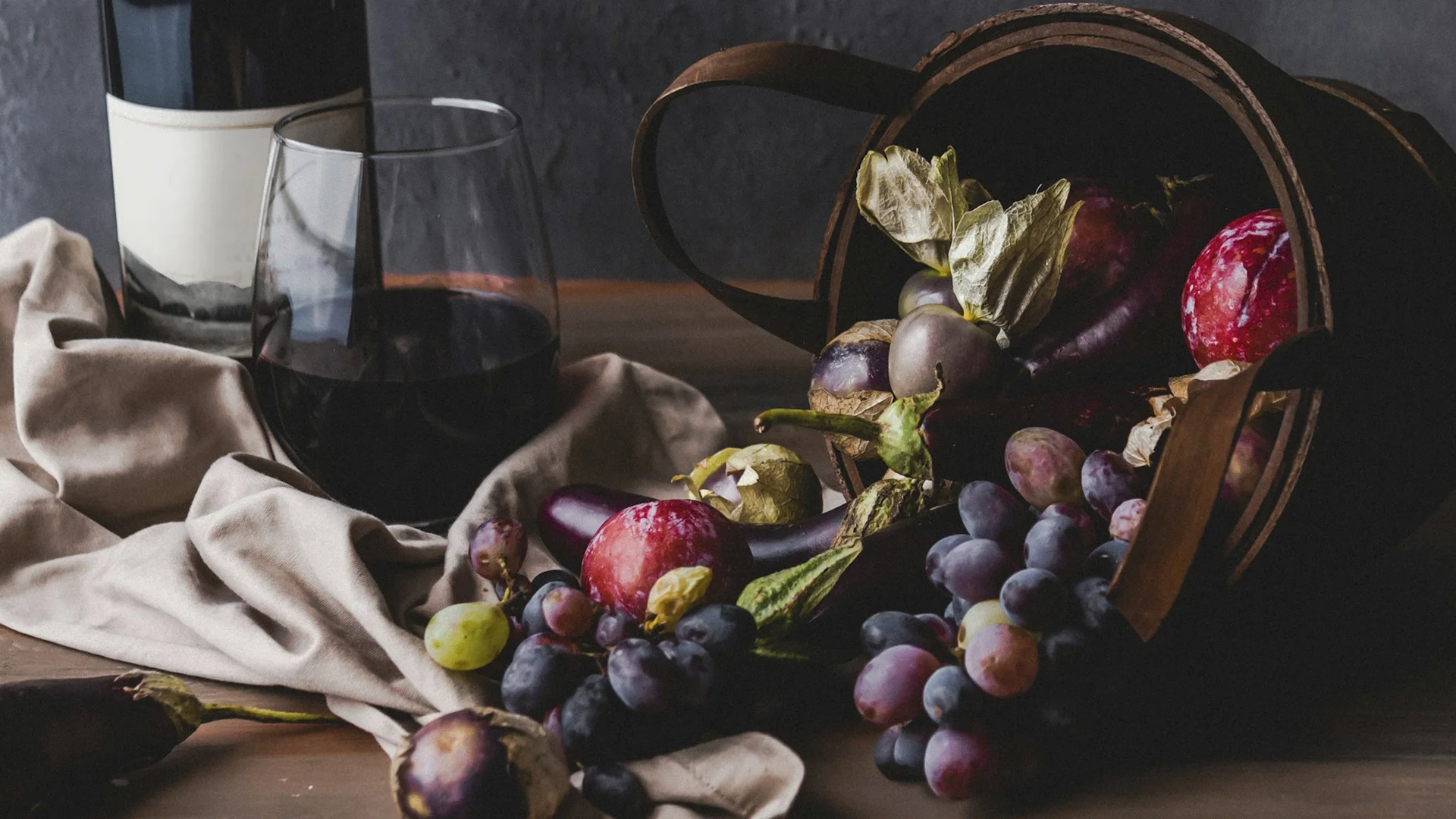
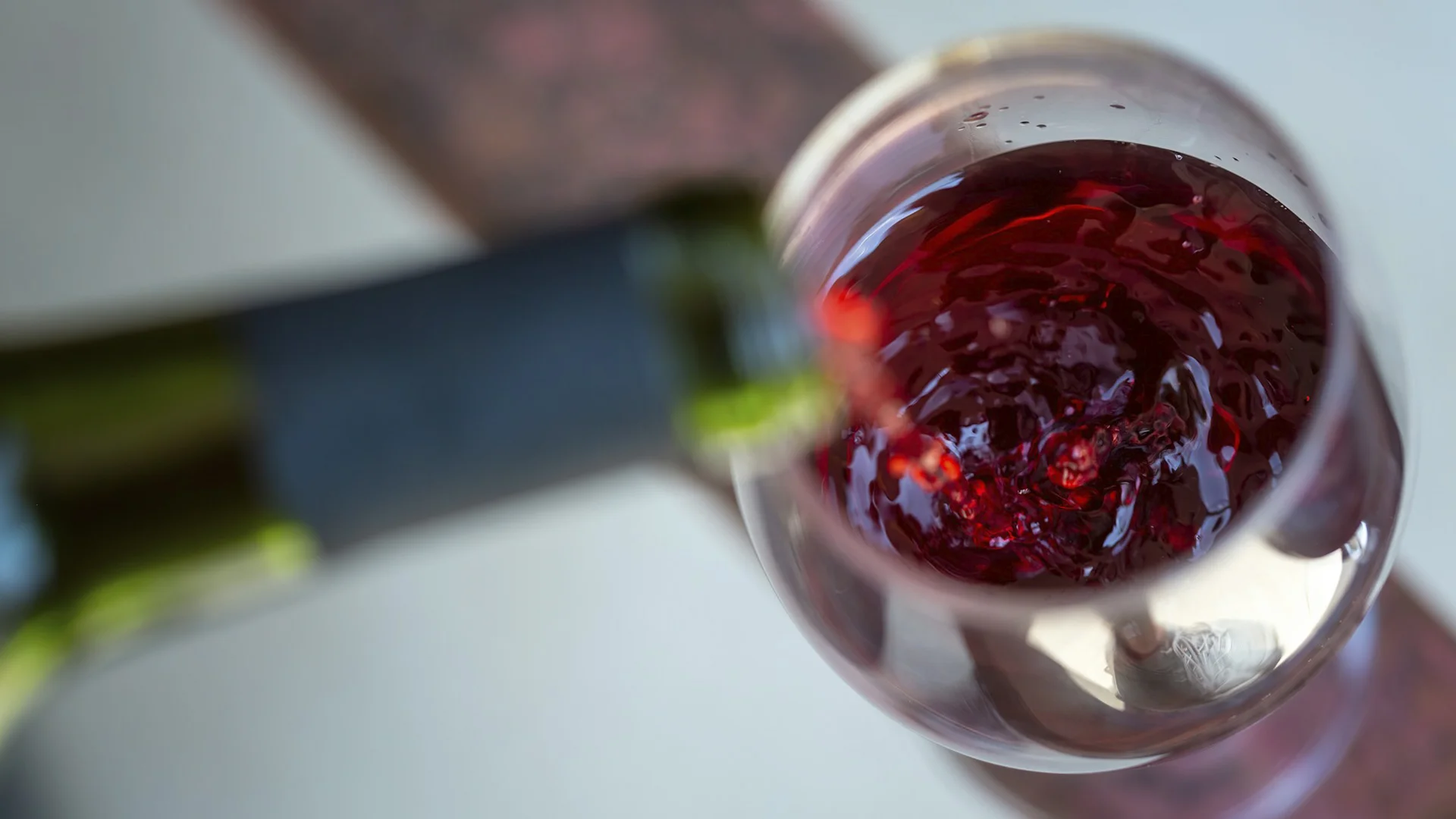
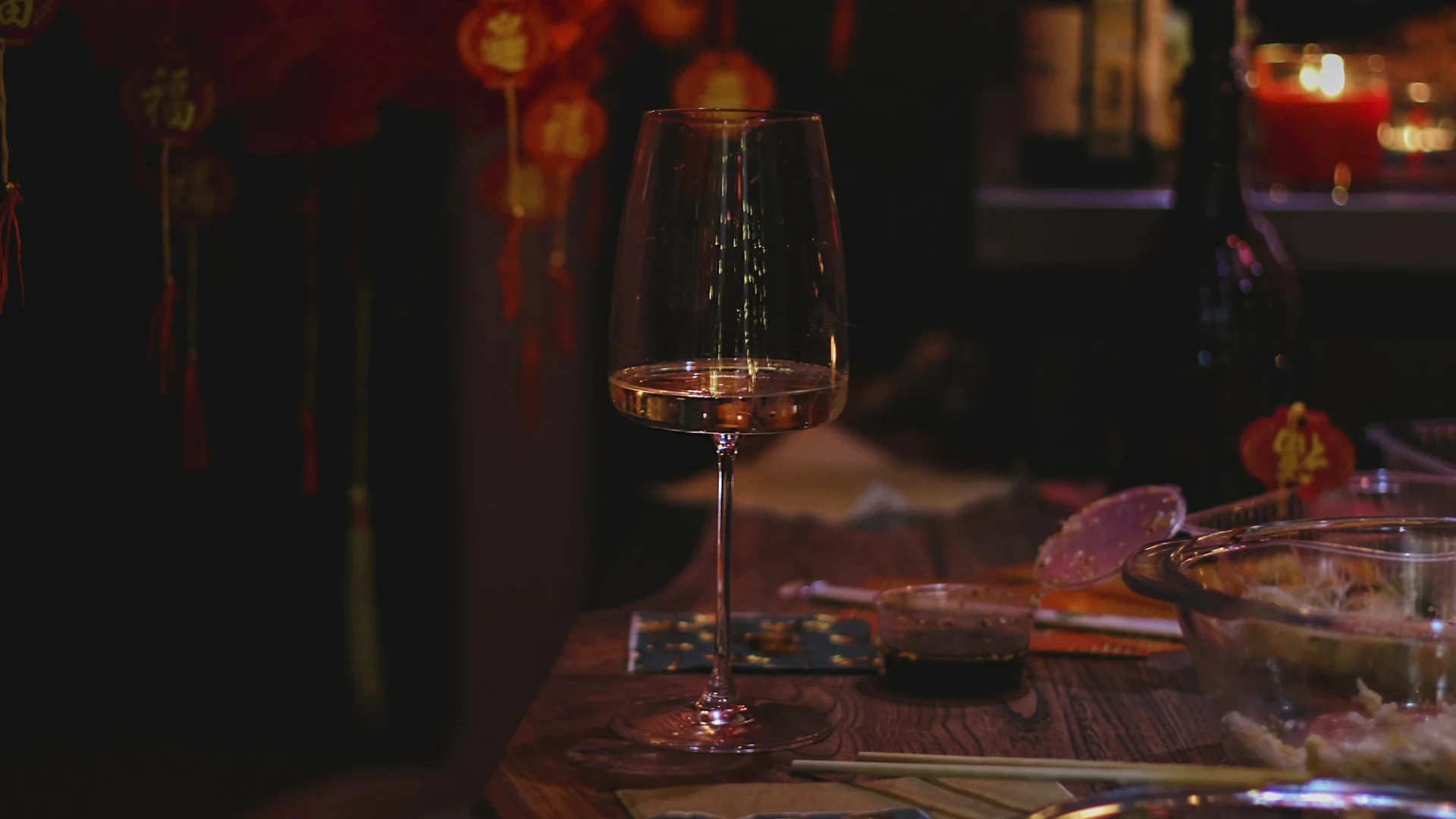
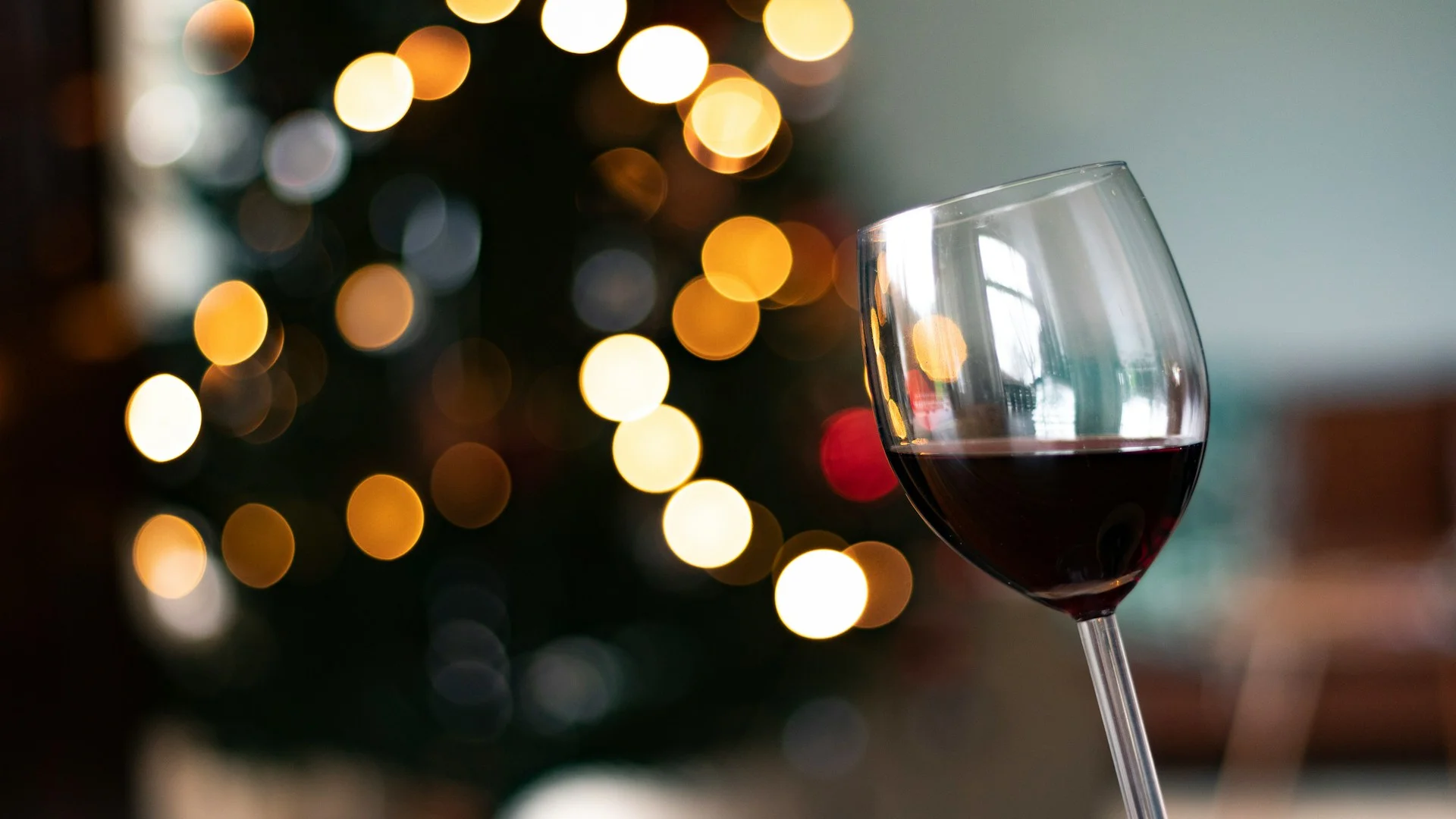
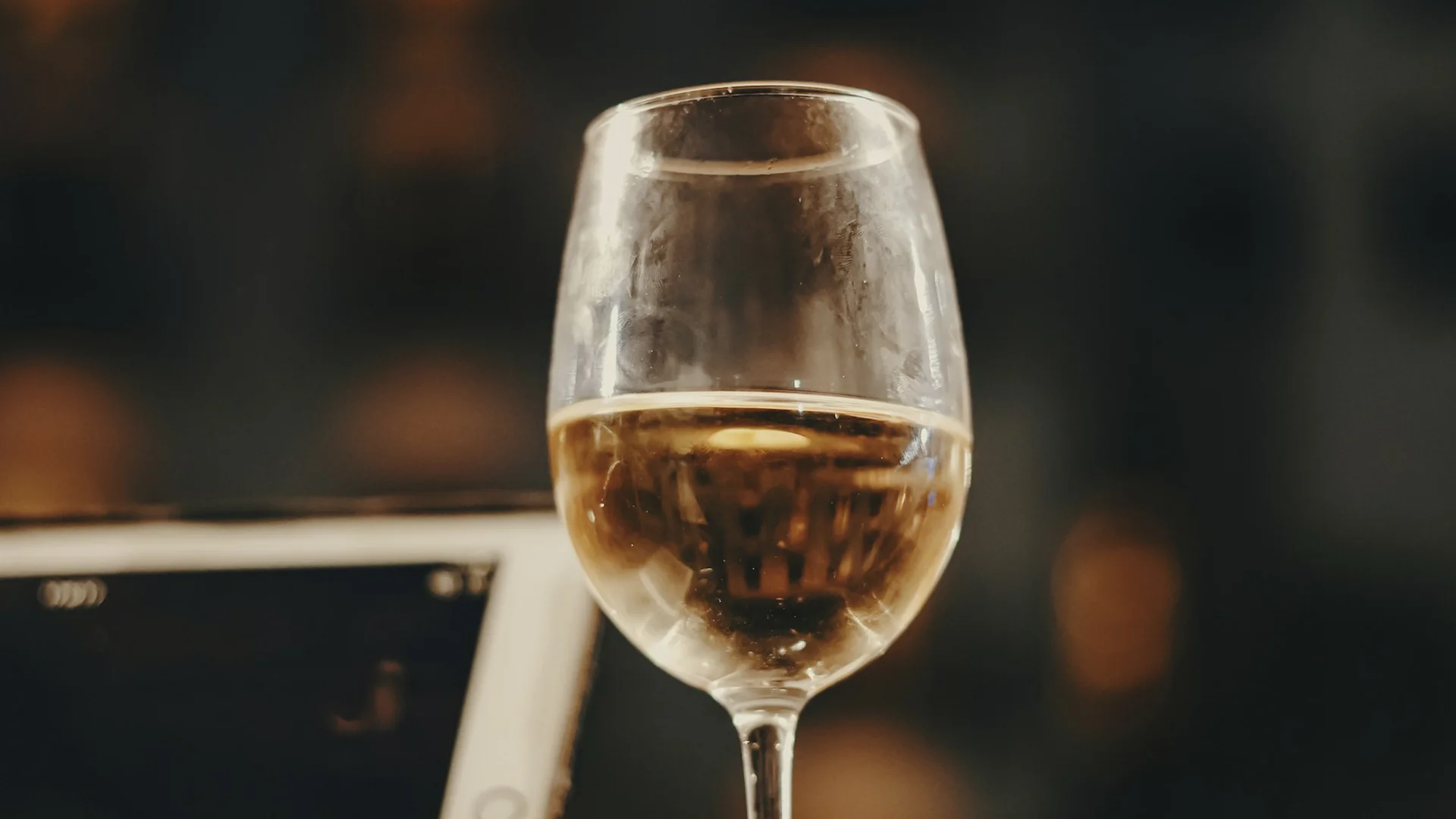




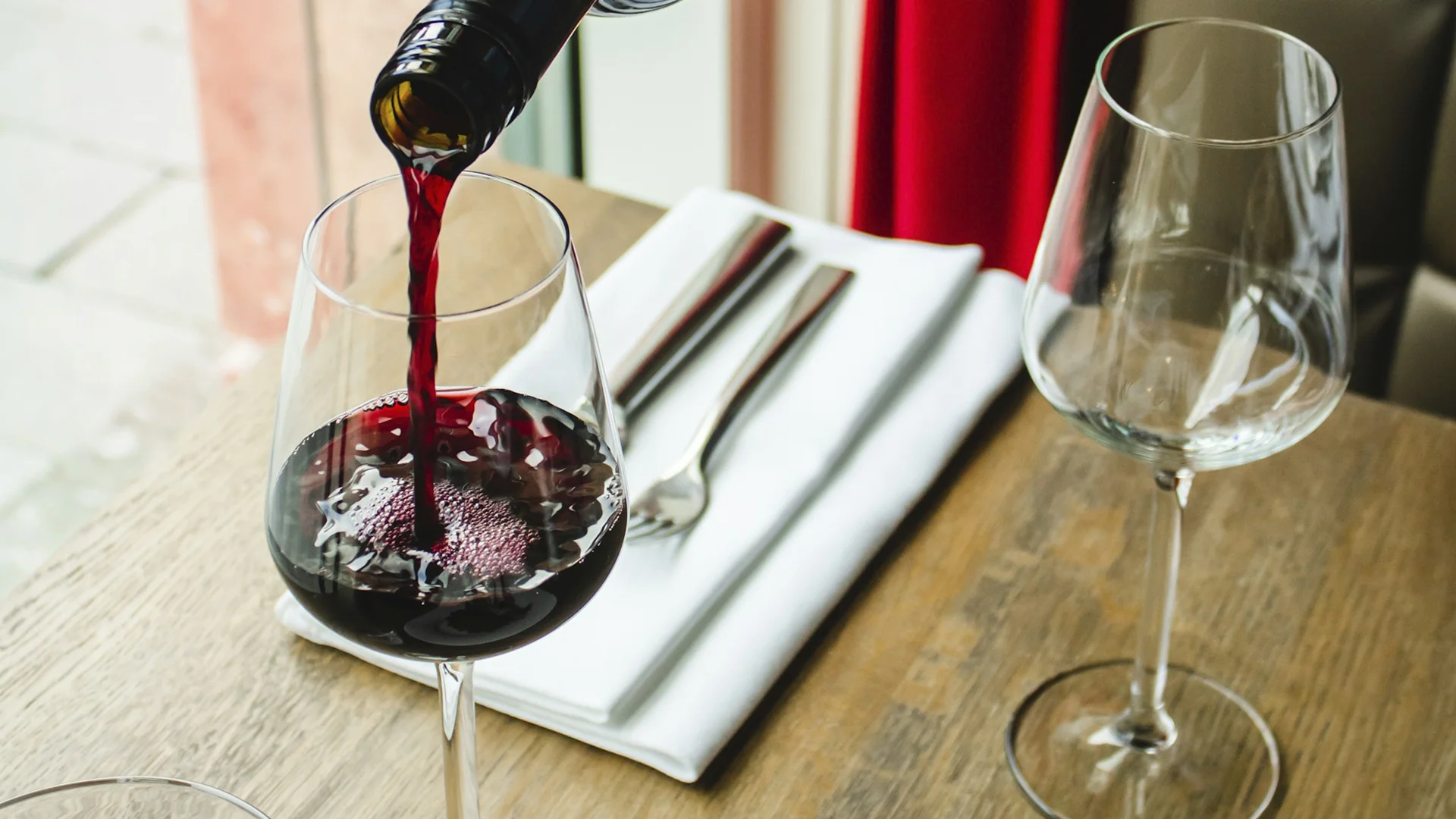












.webp)

.webp)
.webp)
.webp)



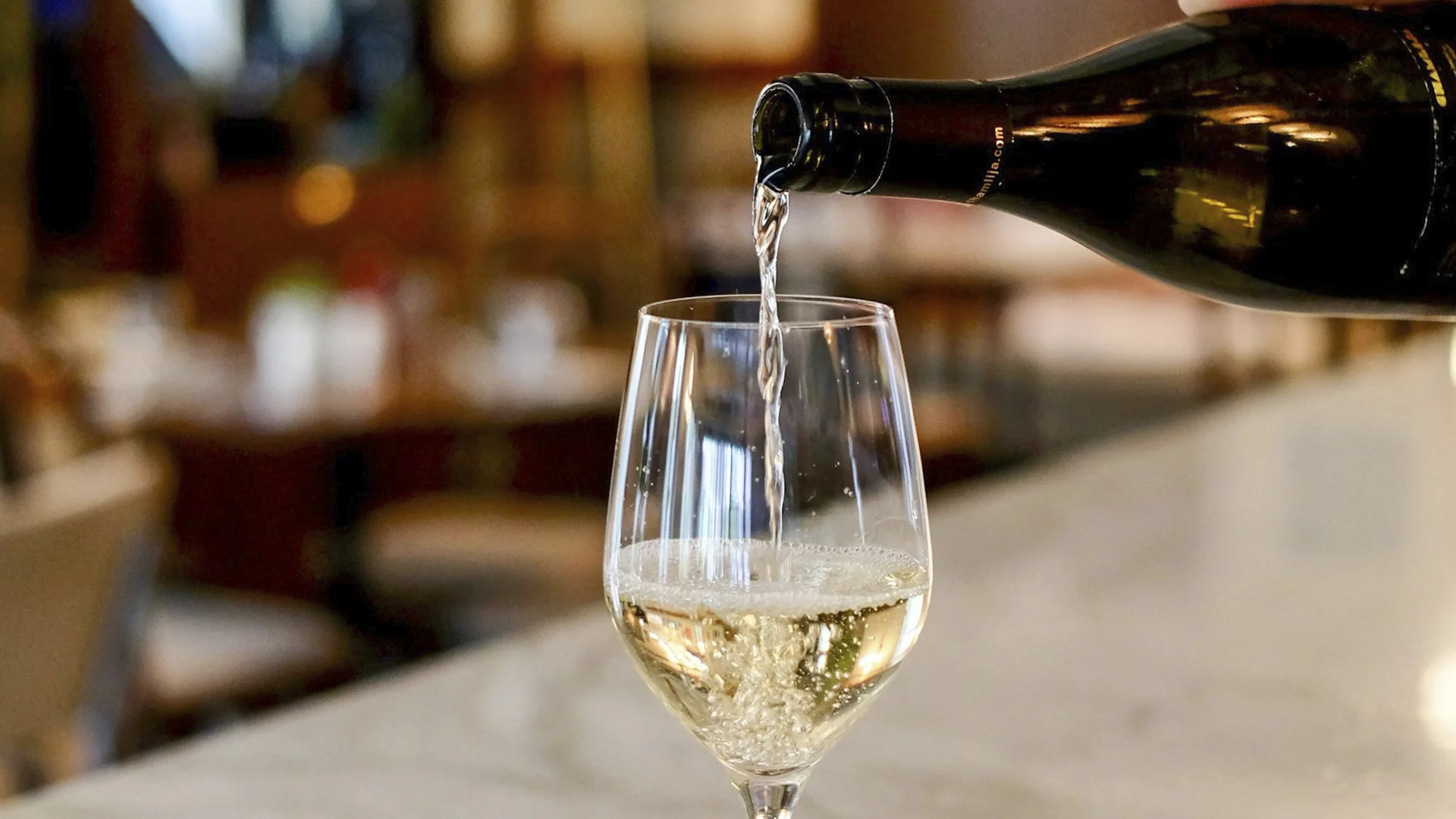


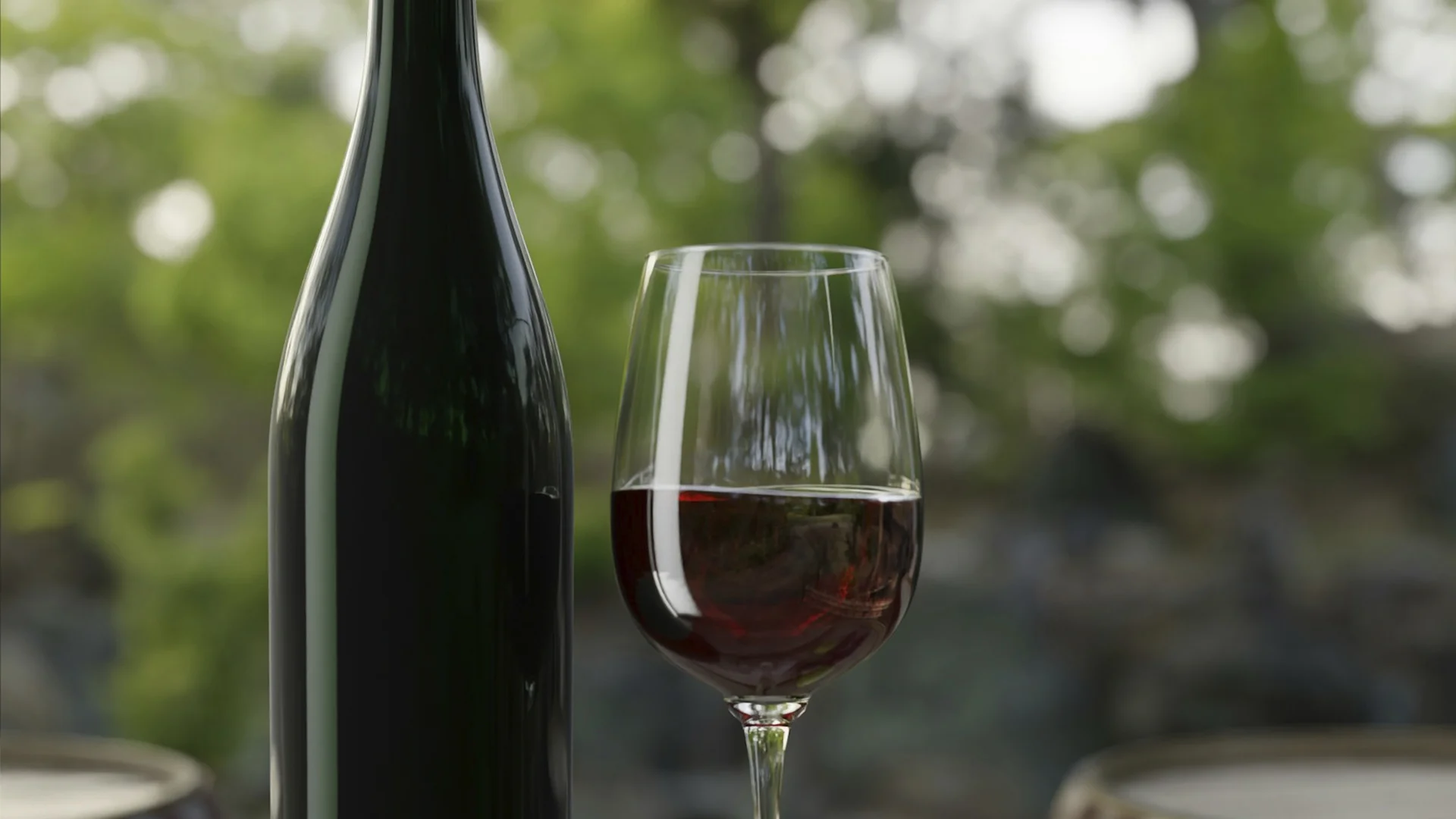



















.webp)













Are you interested in
collaborating with us?